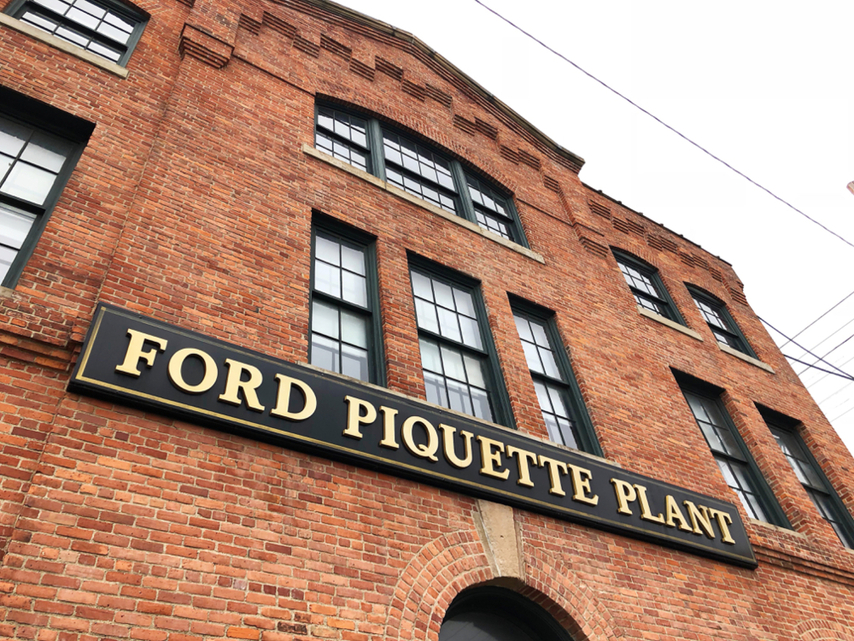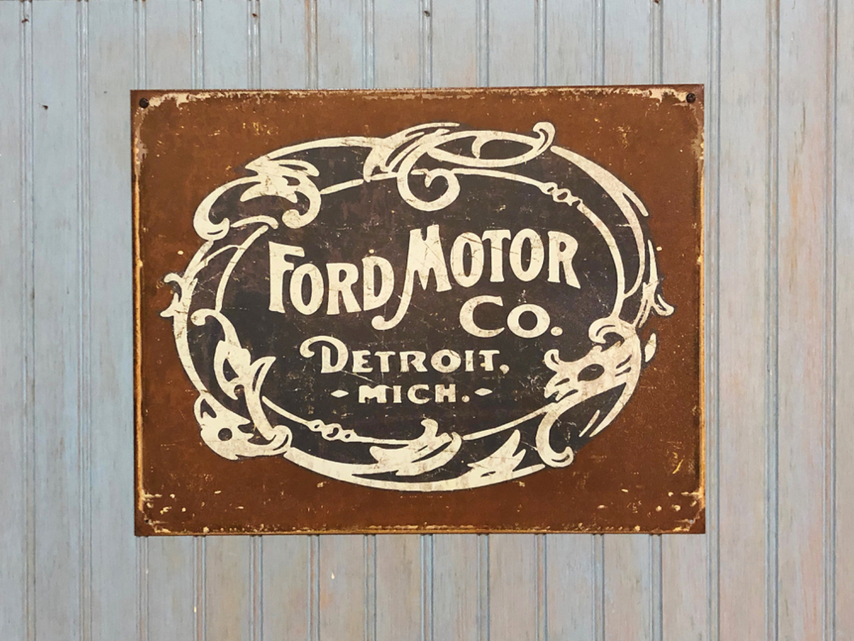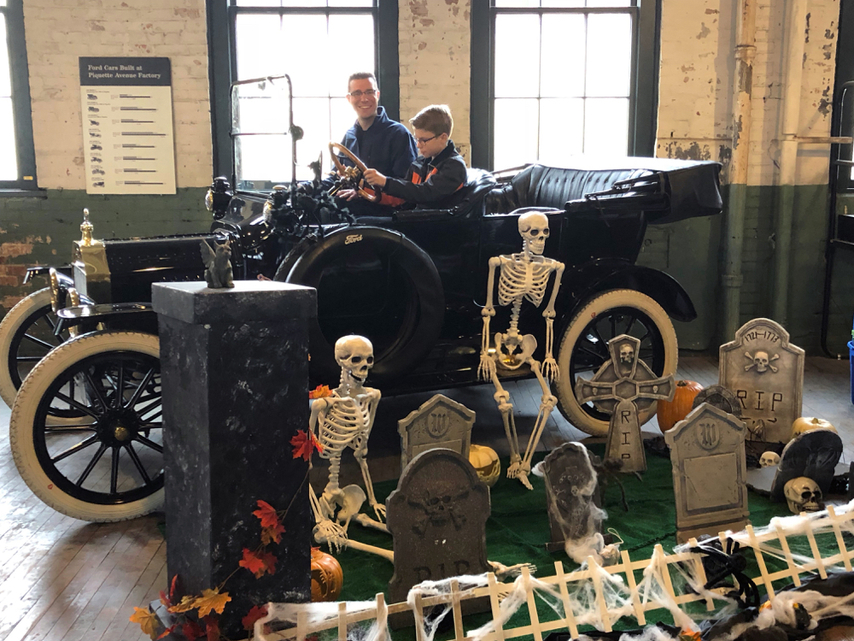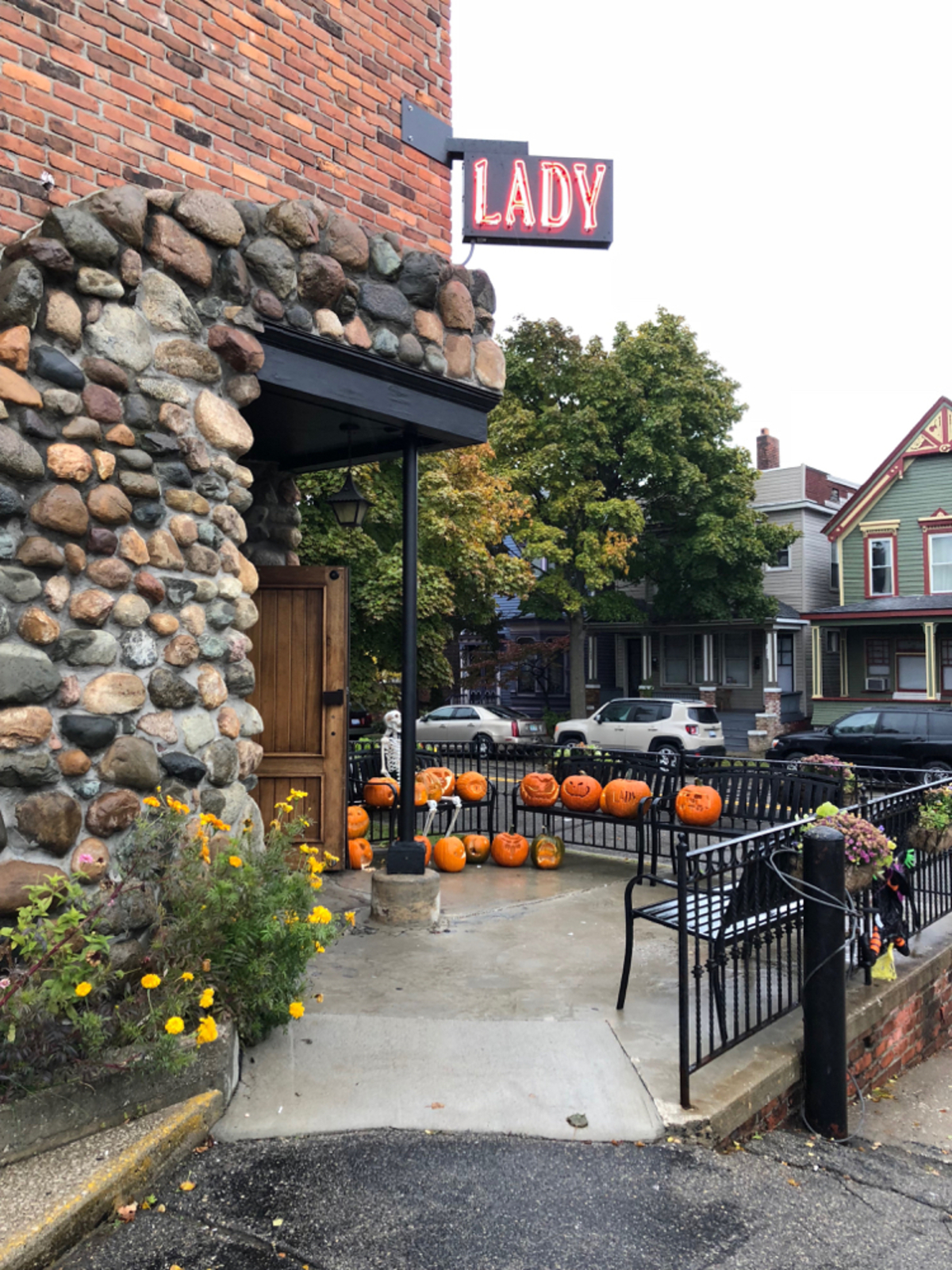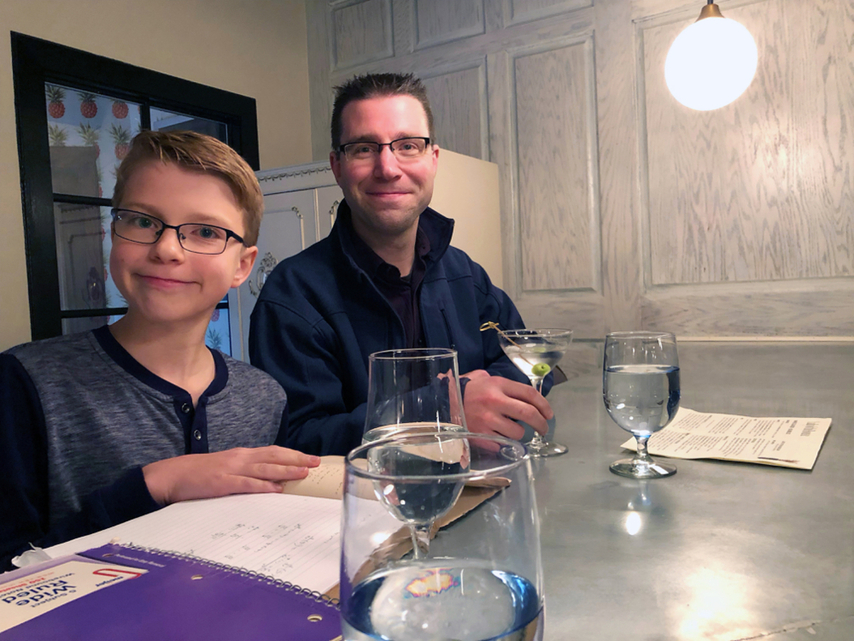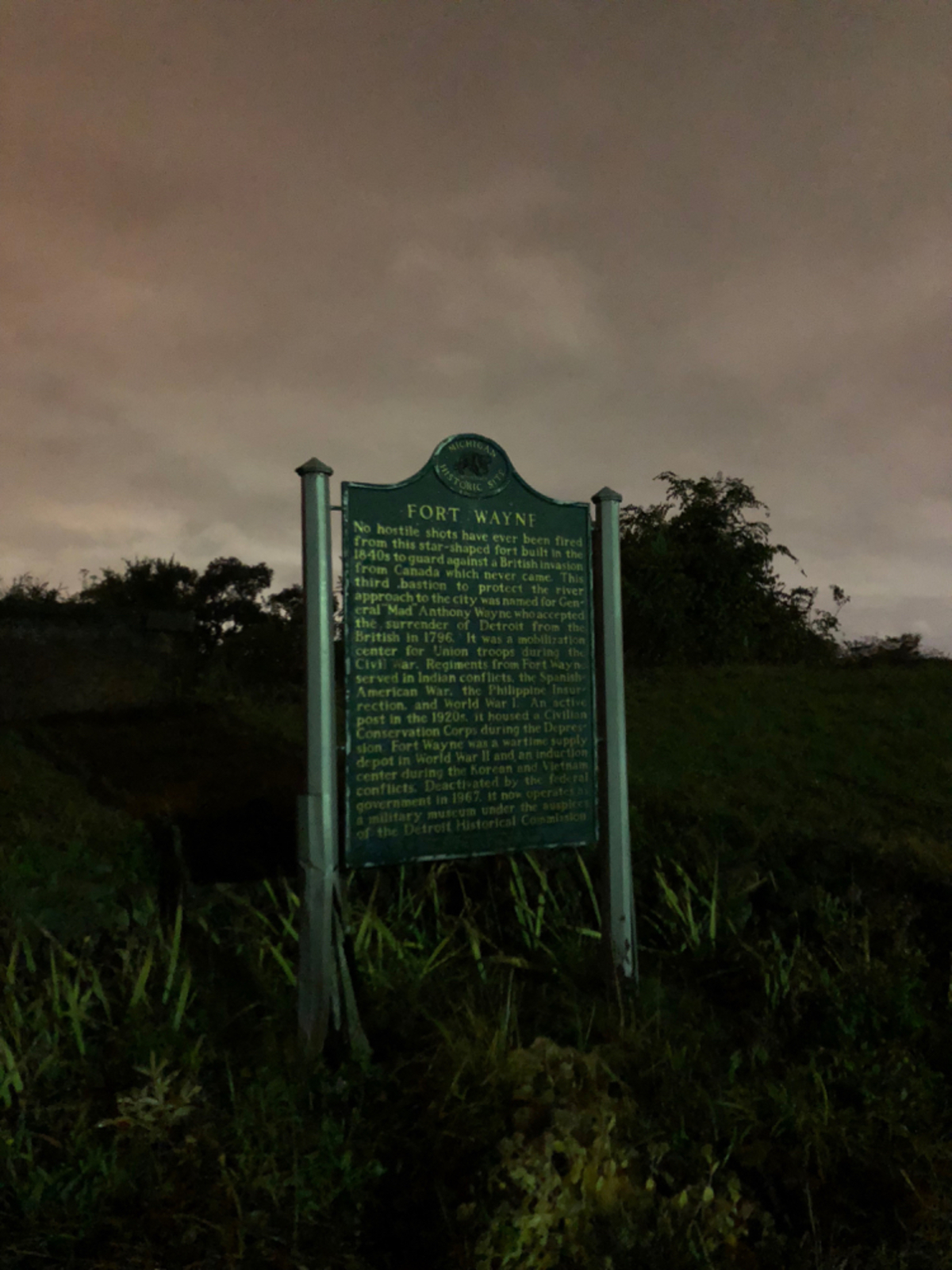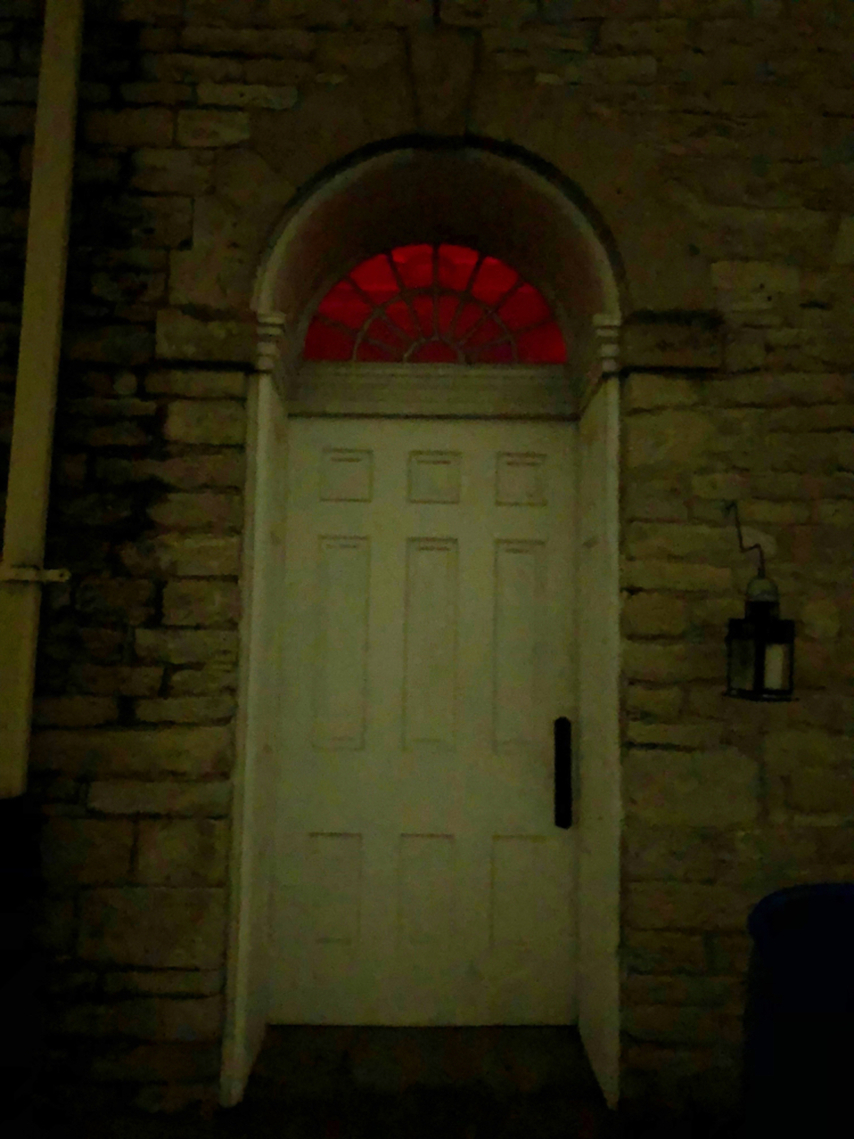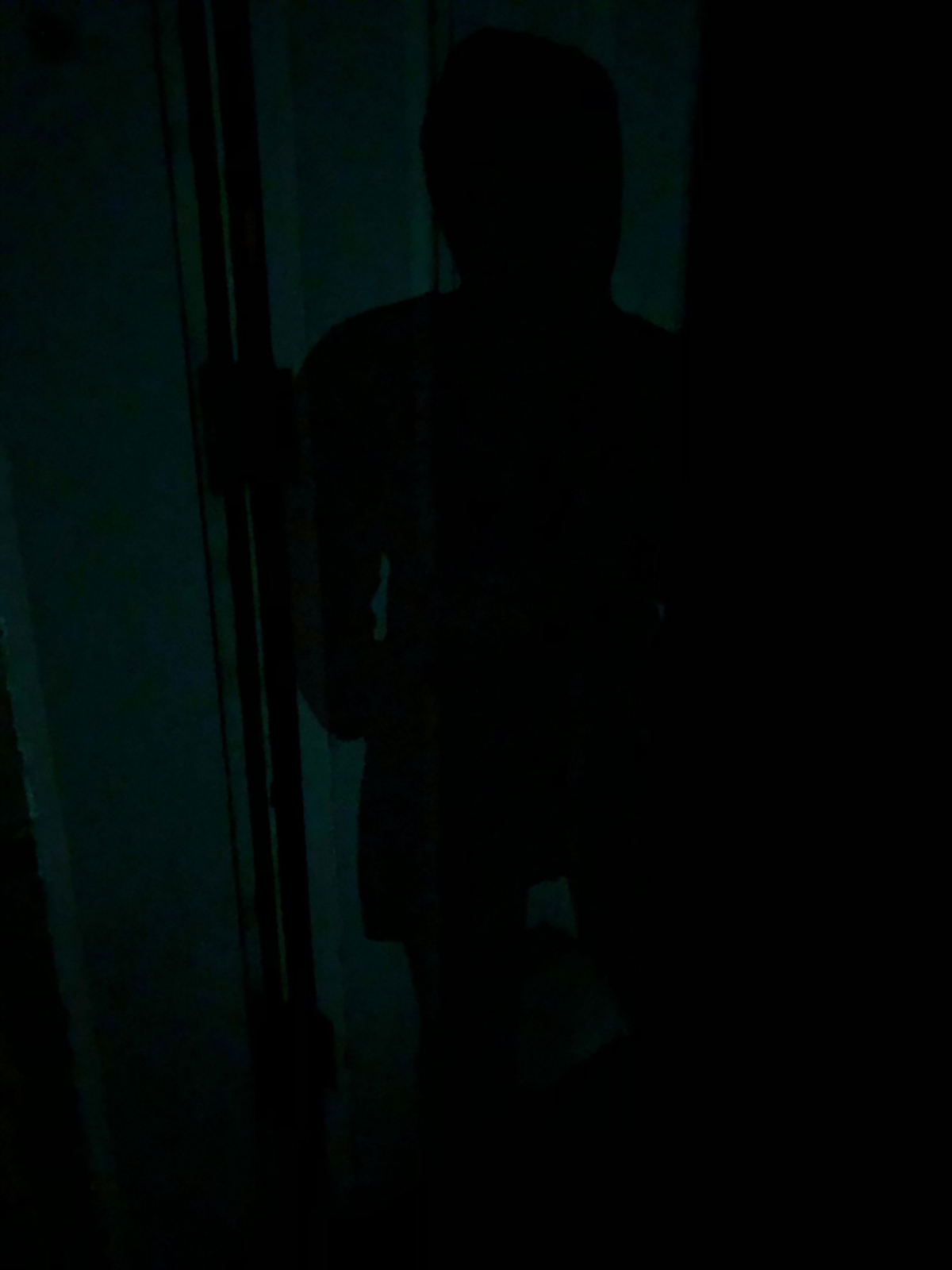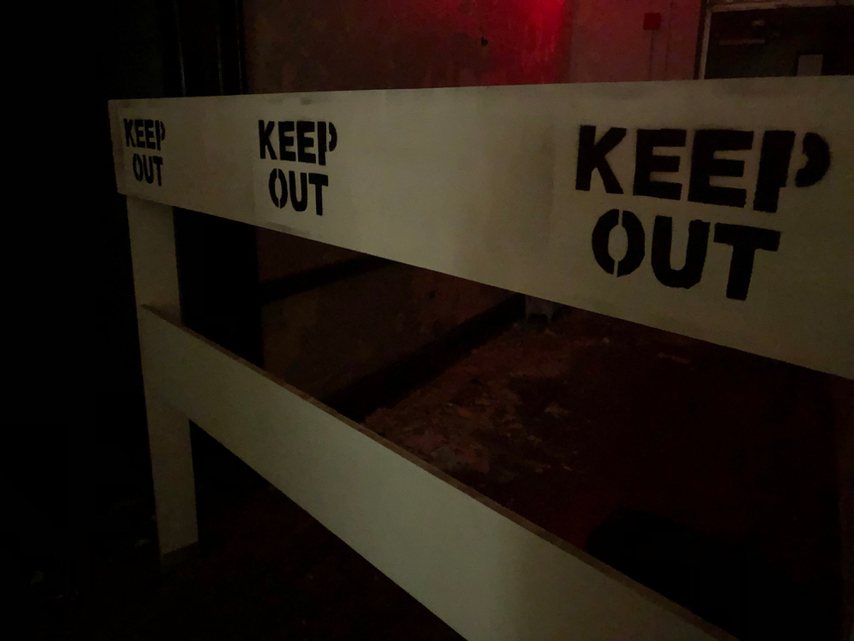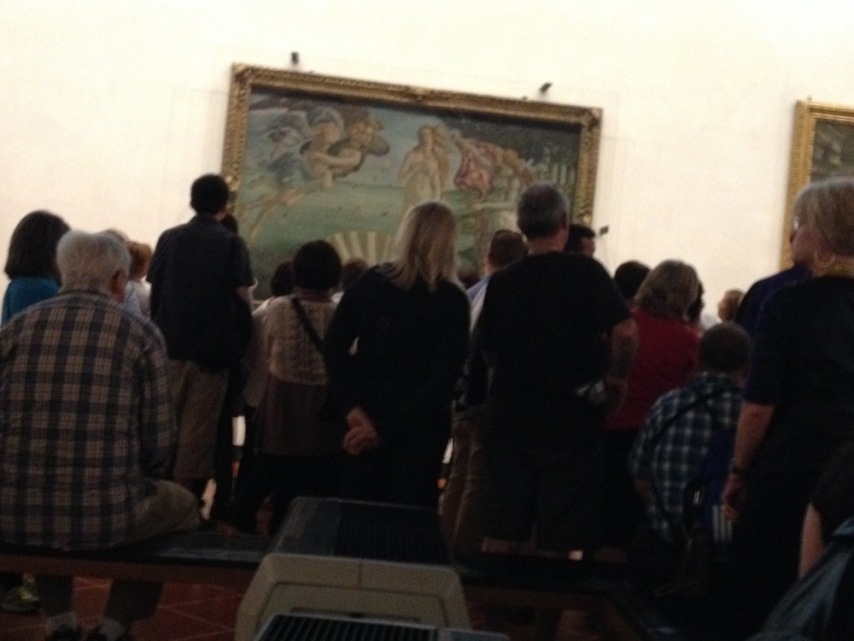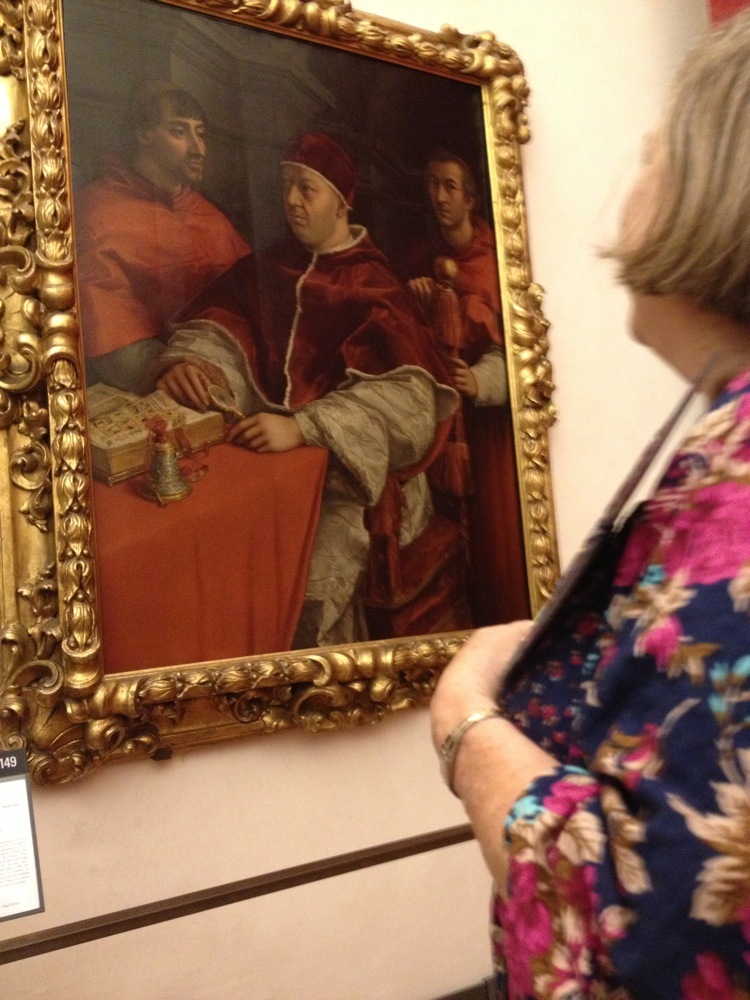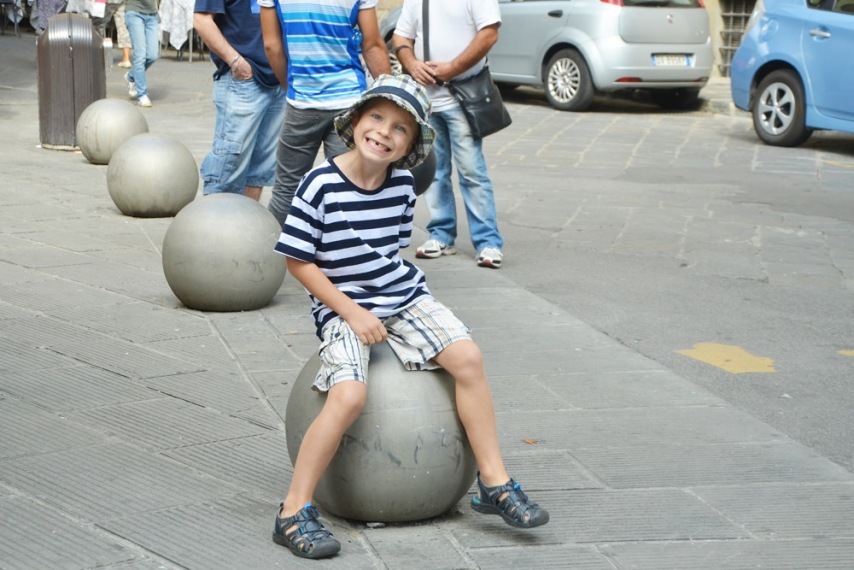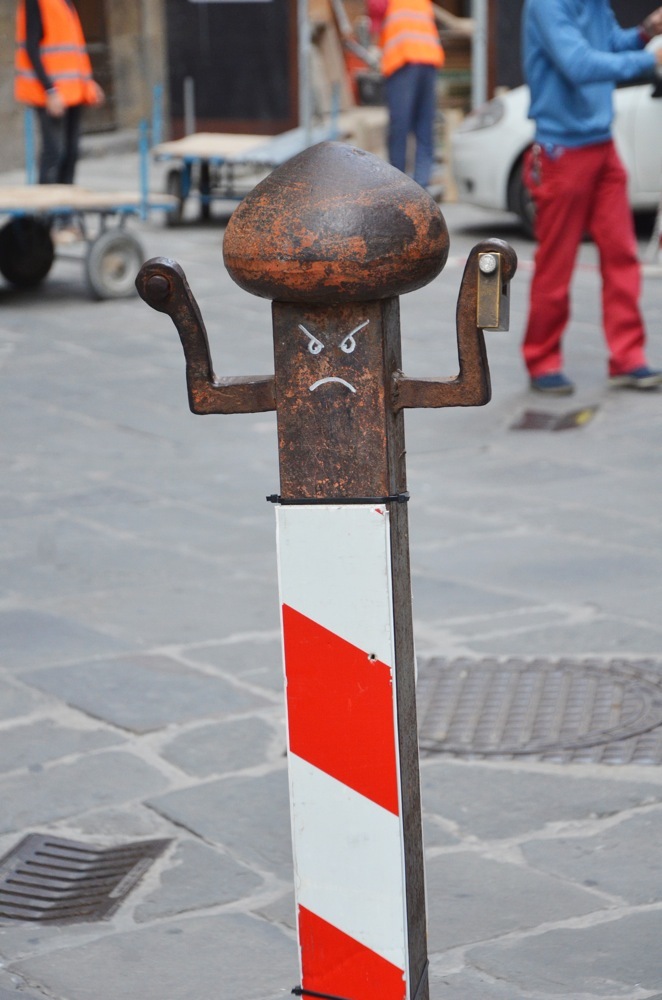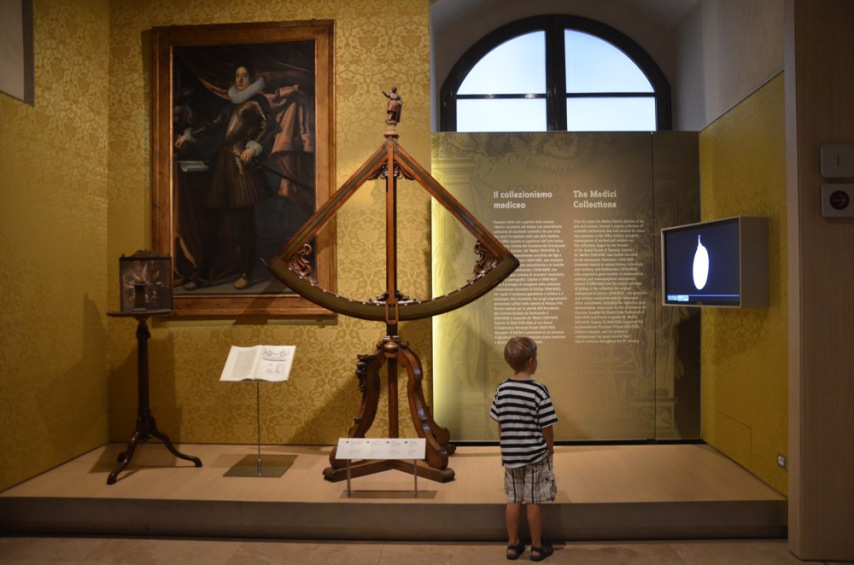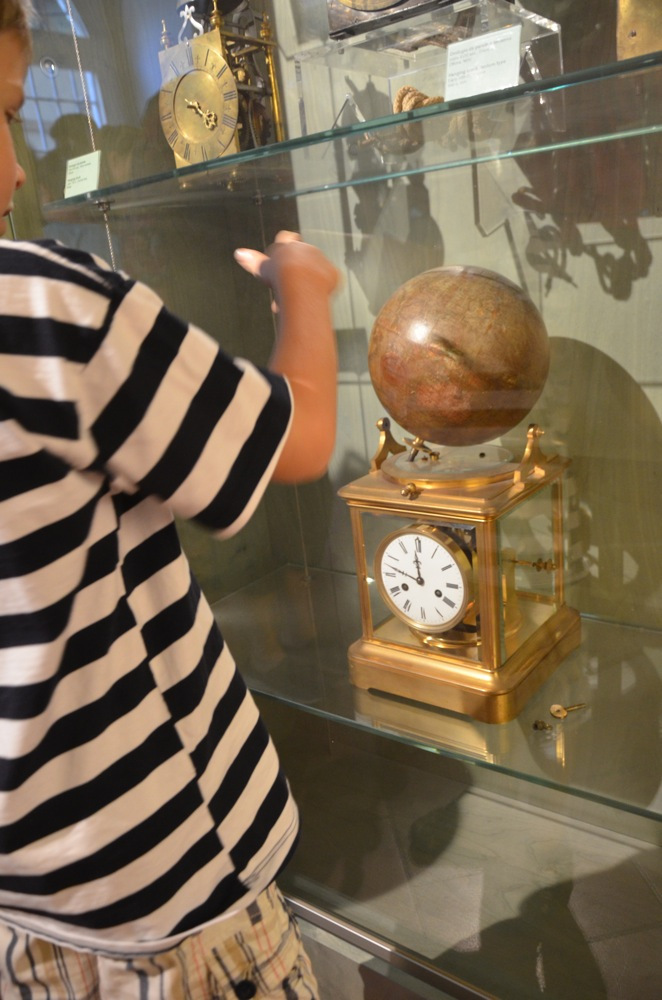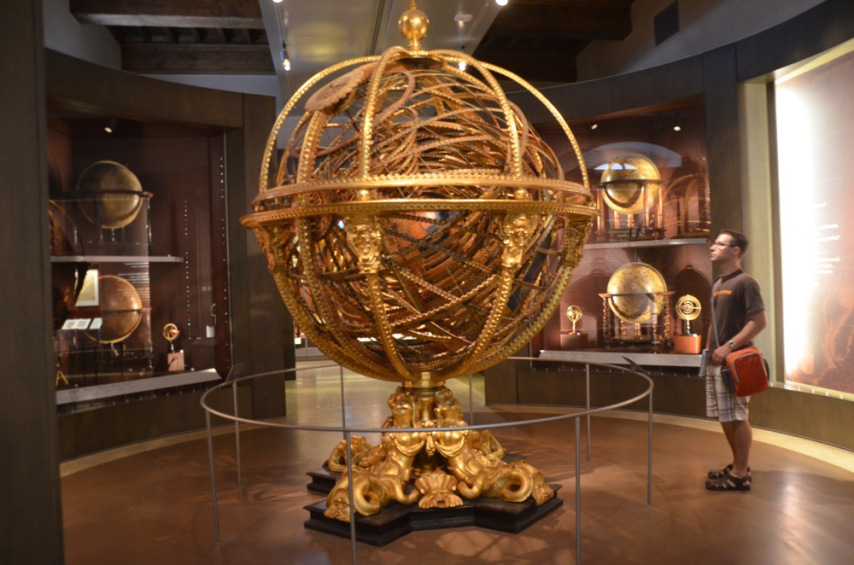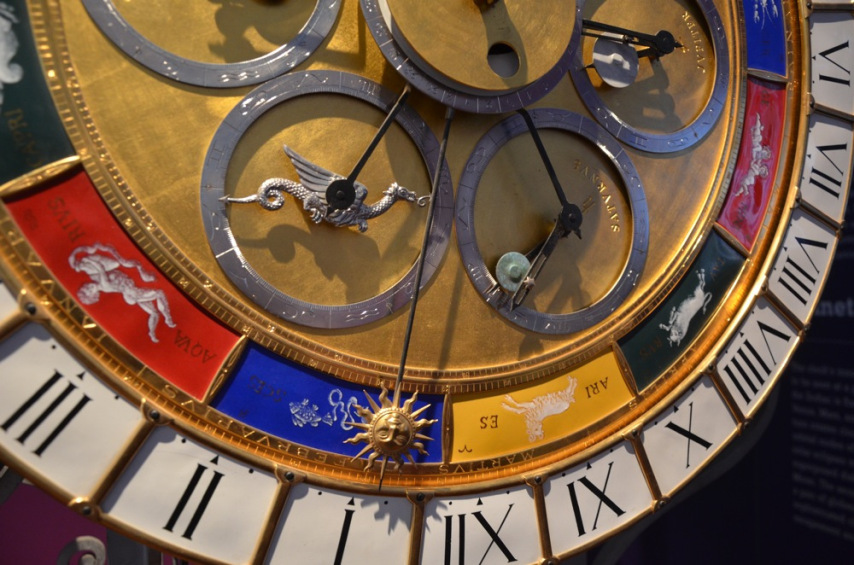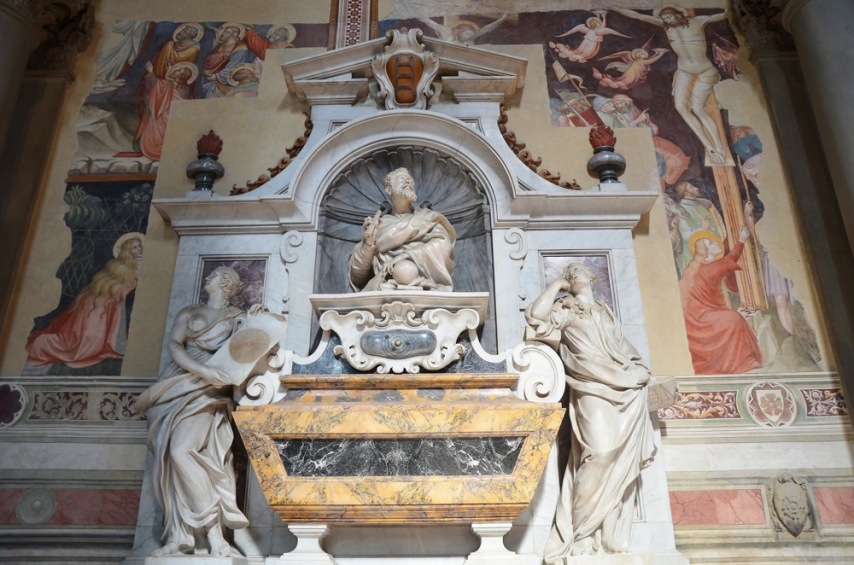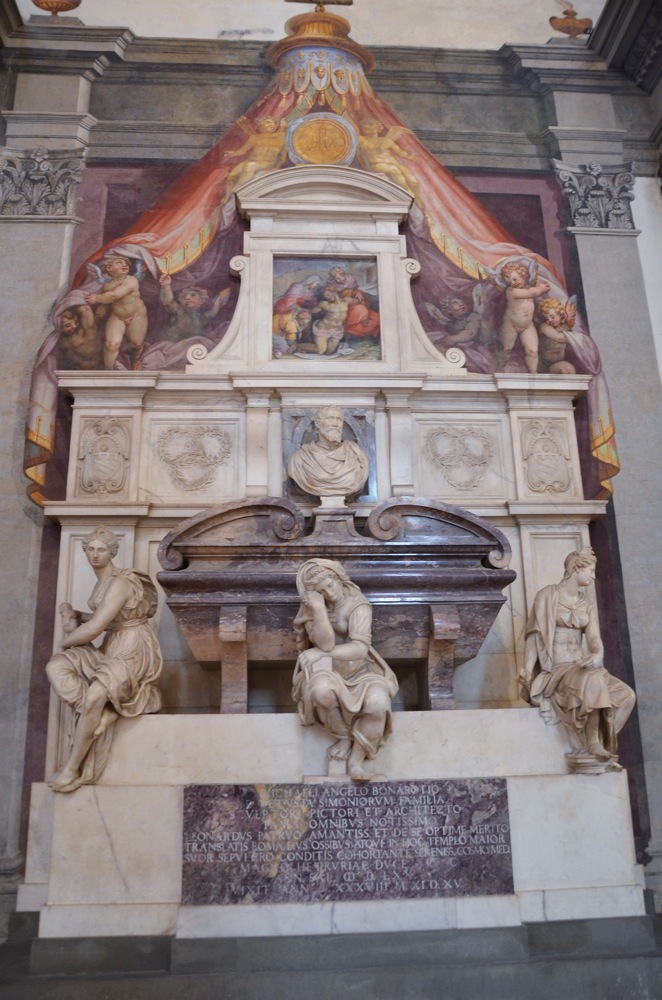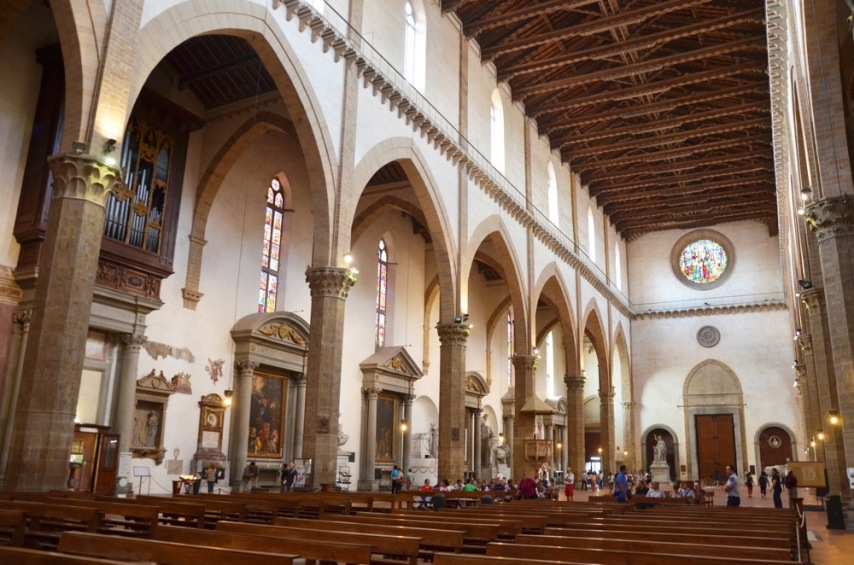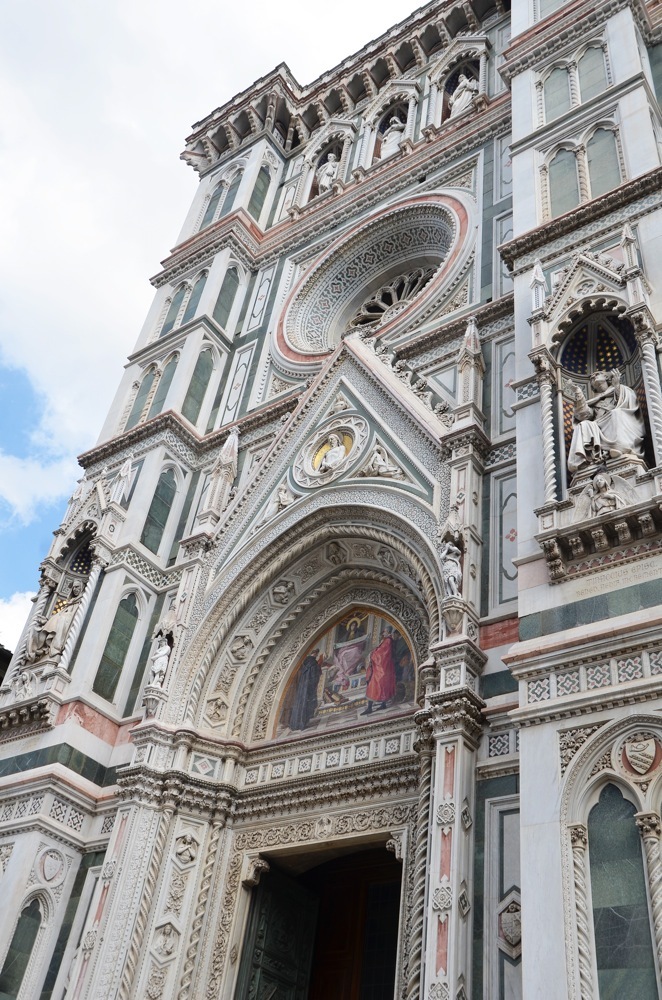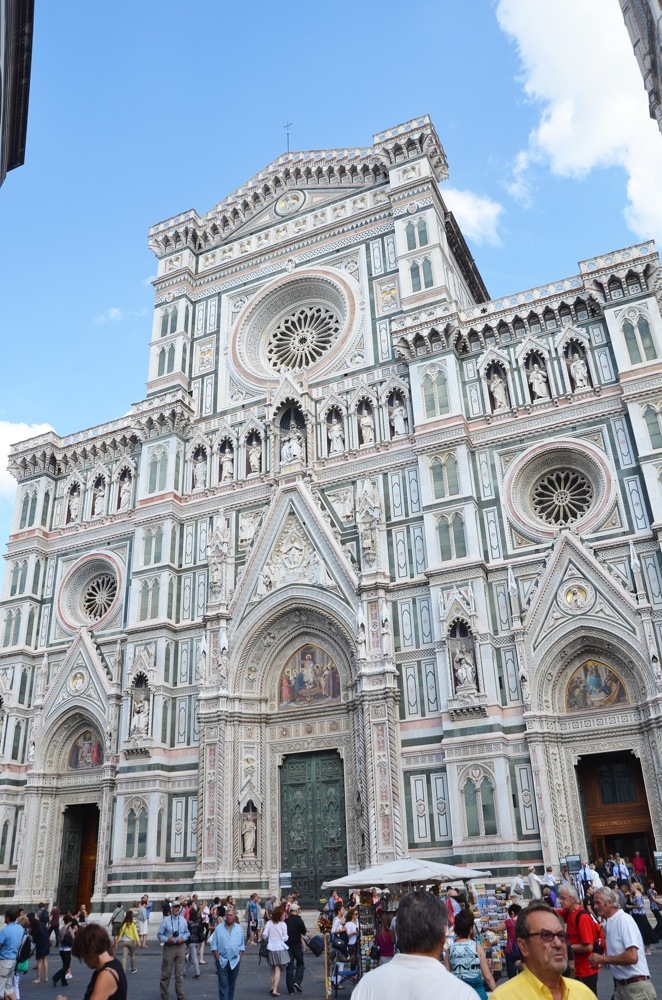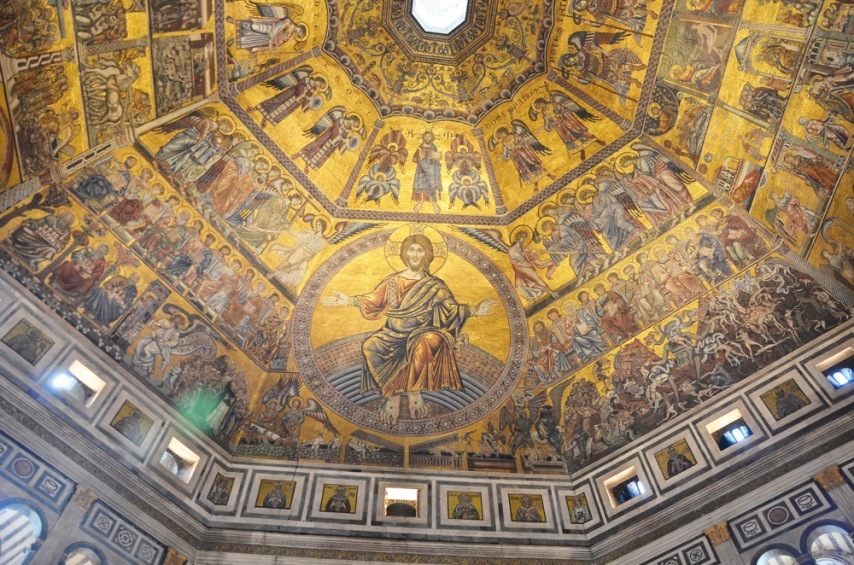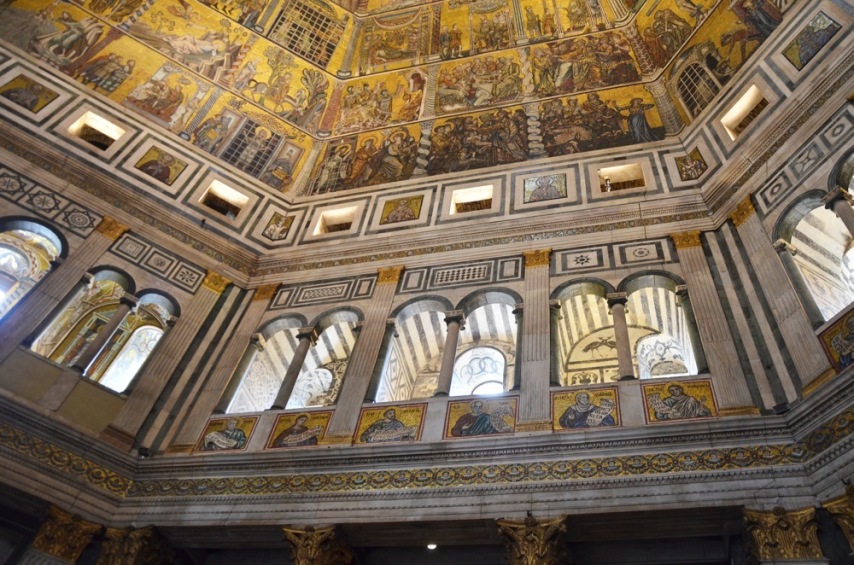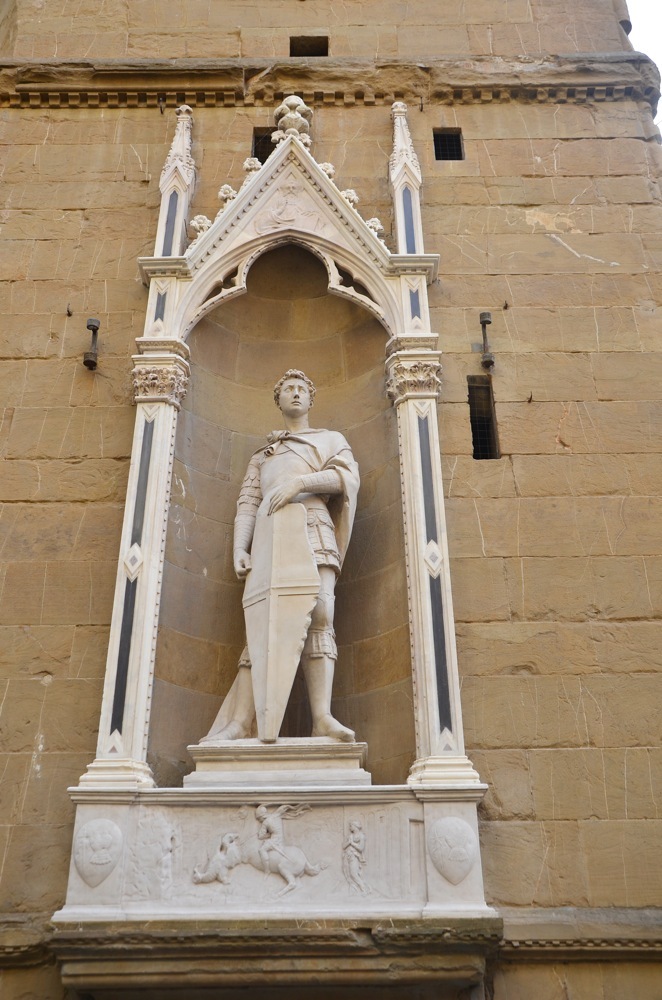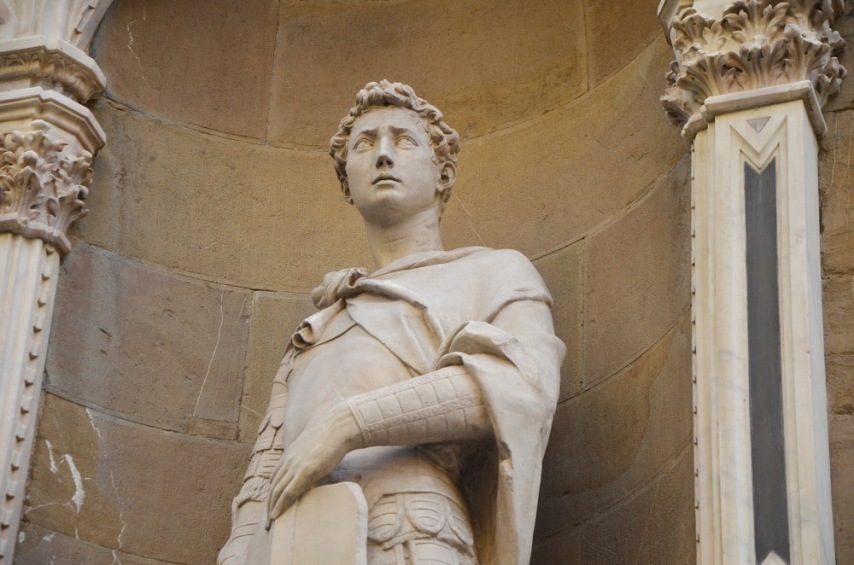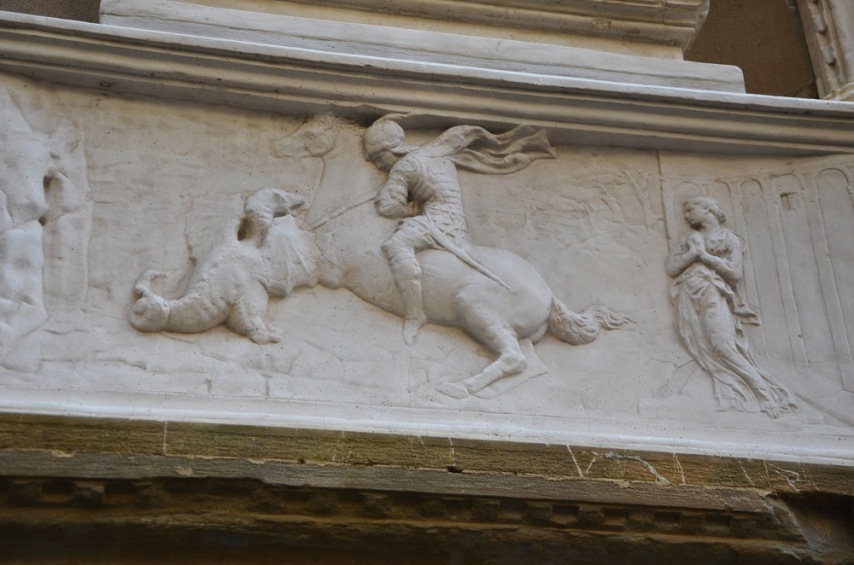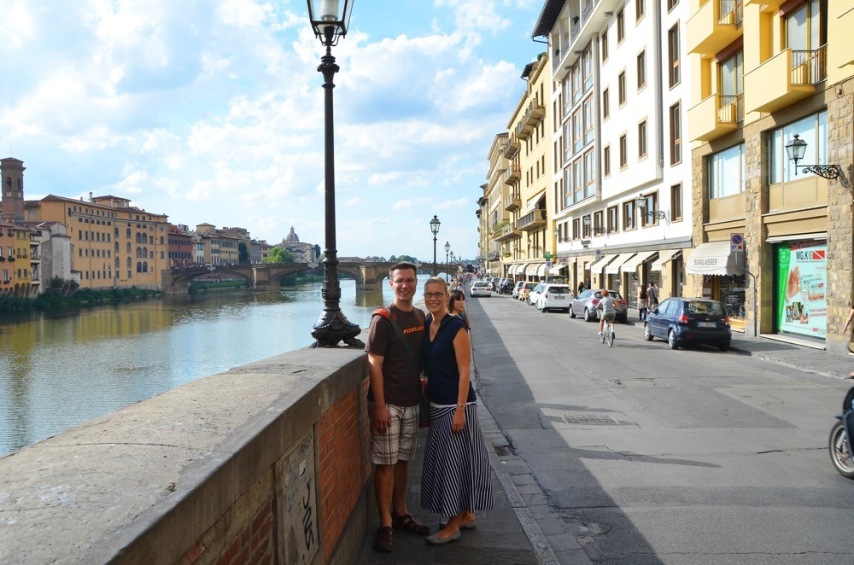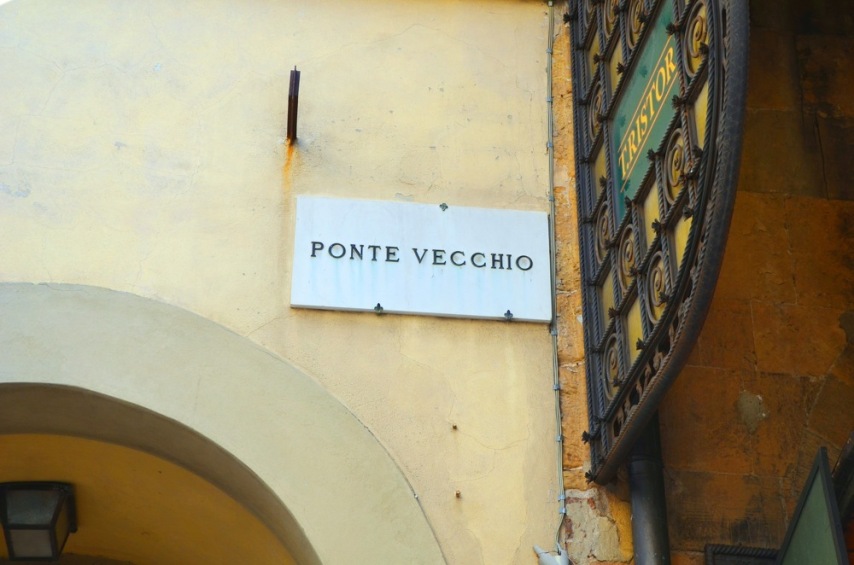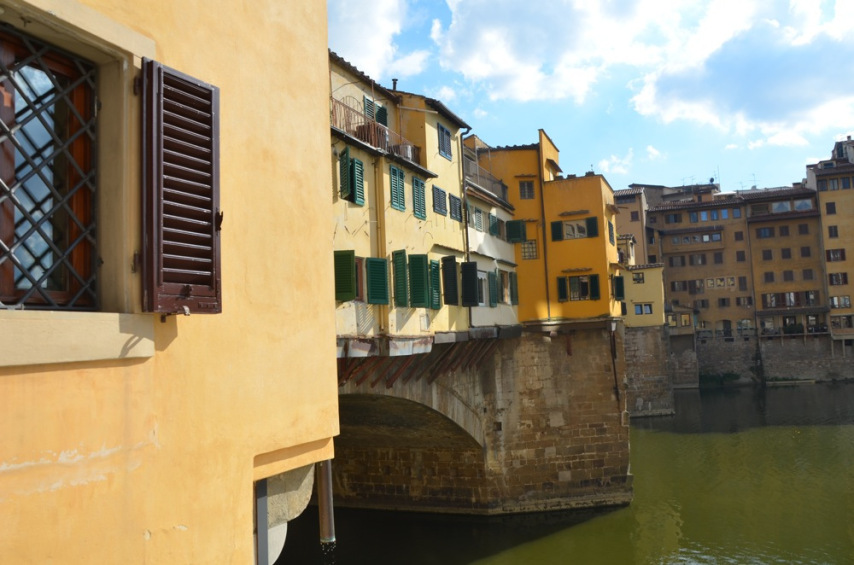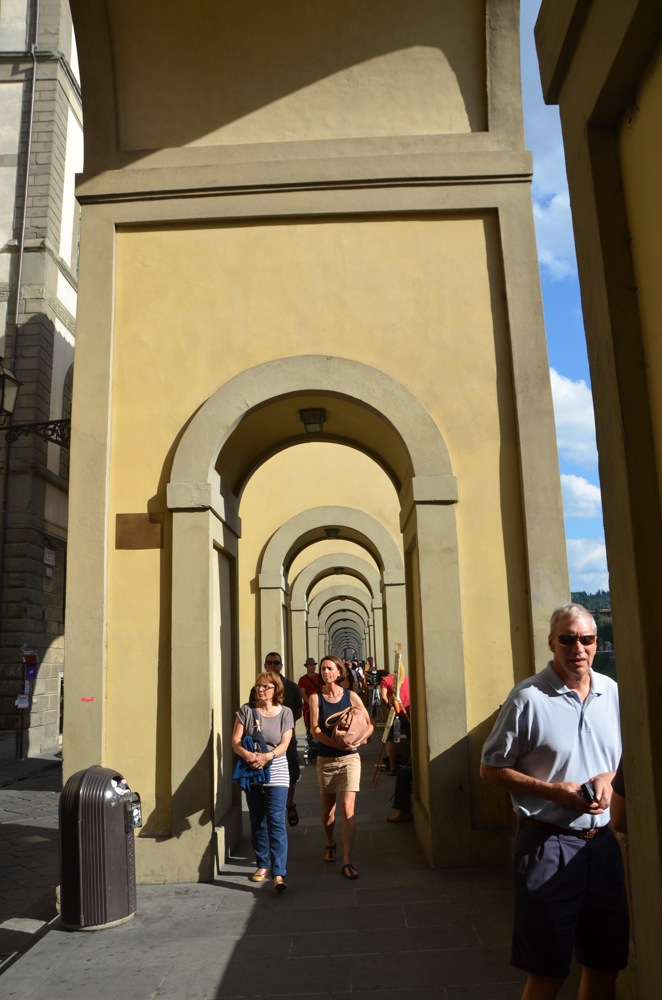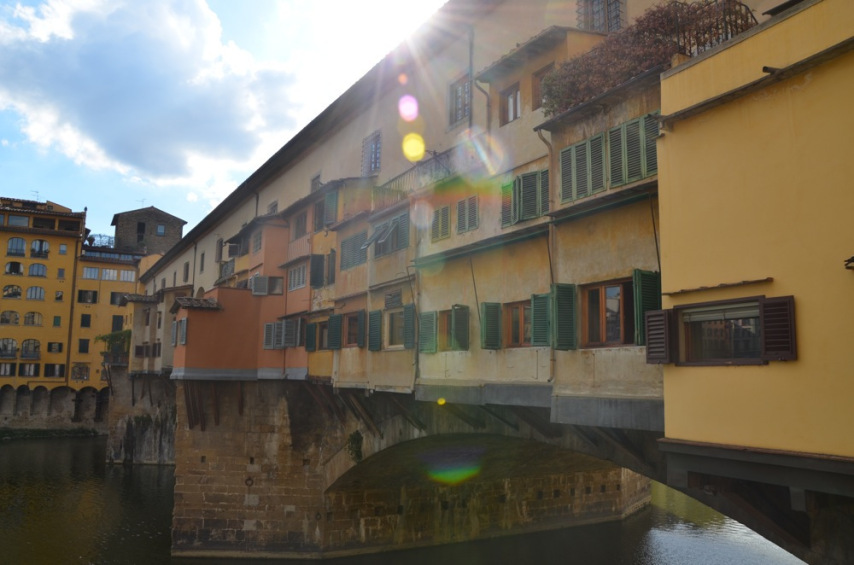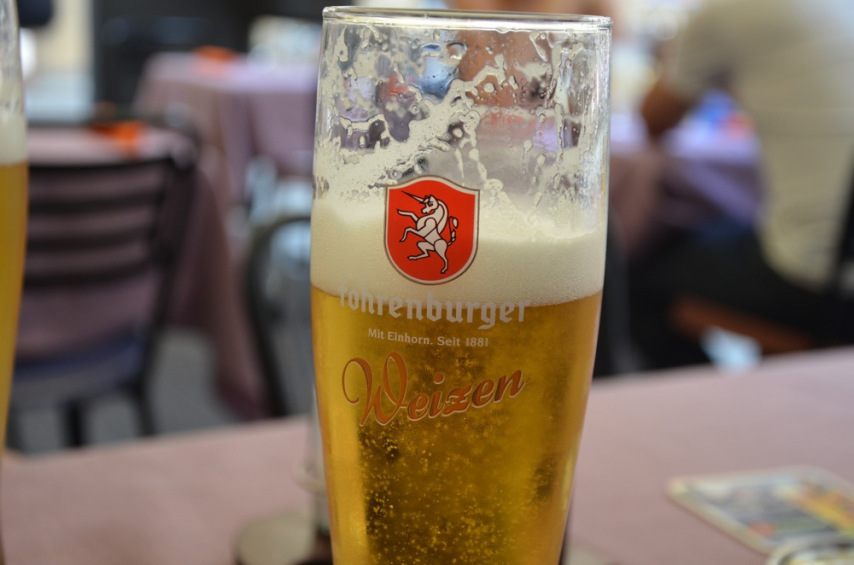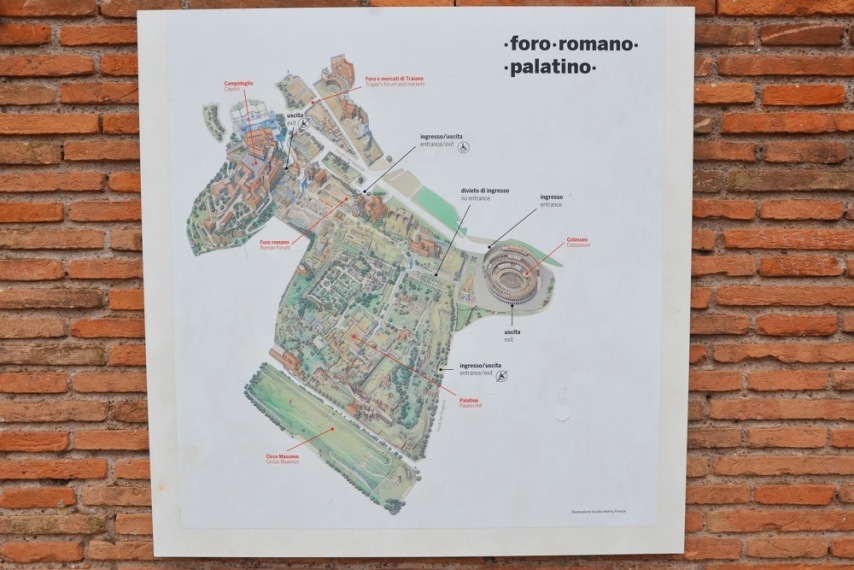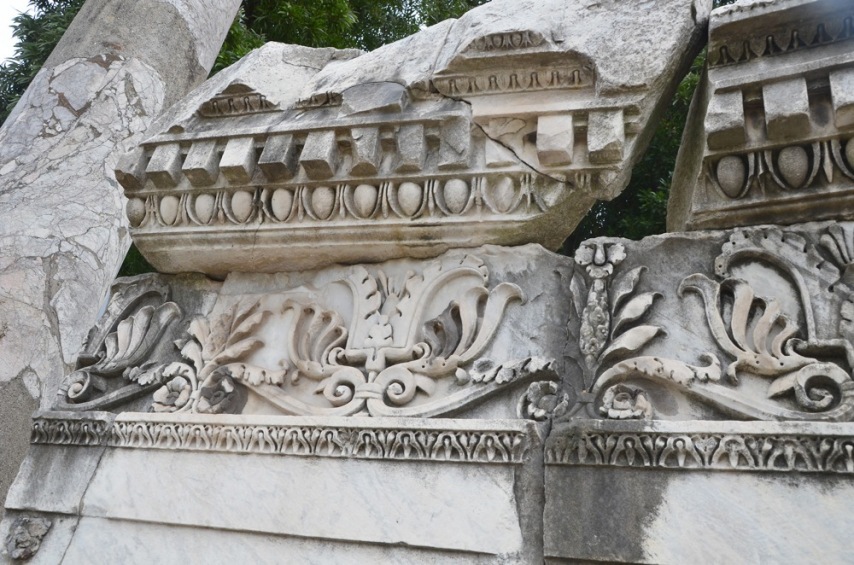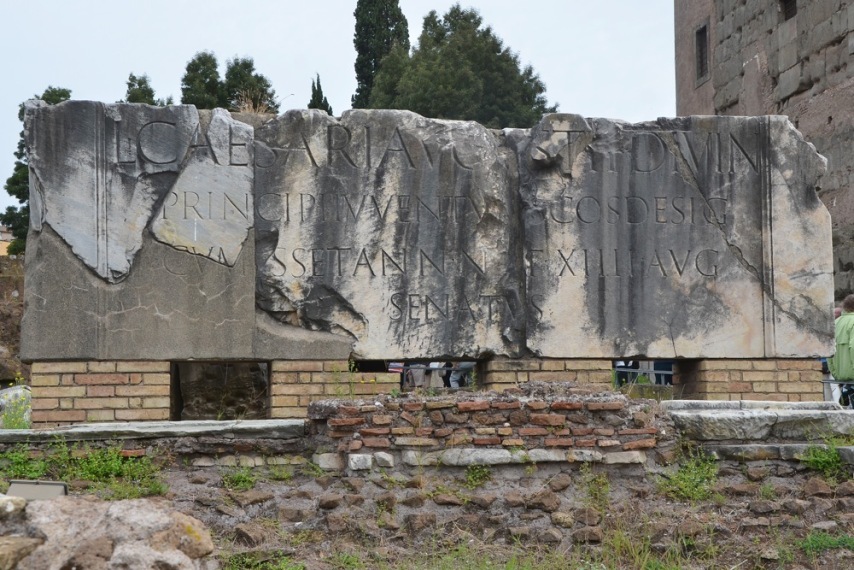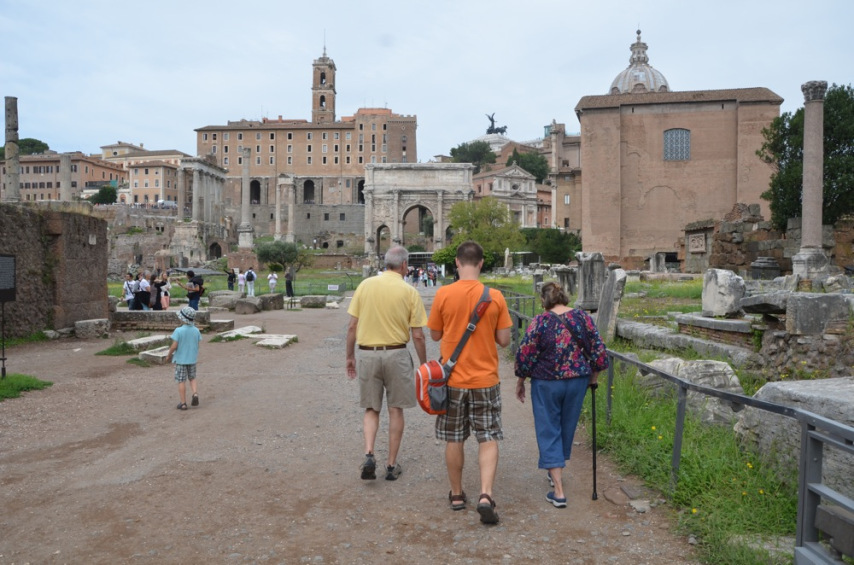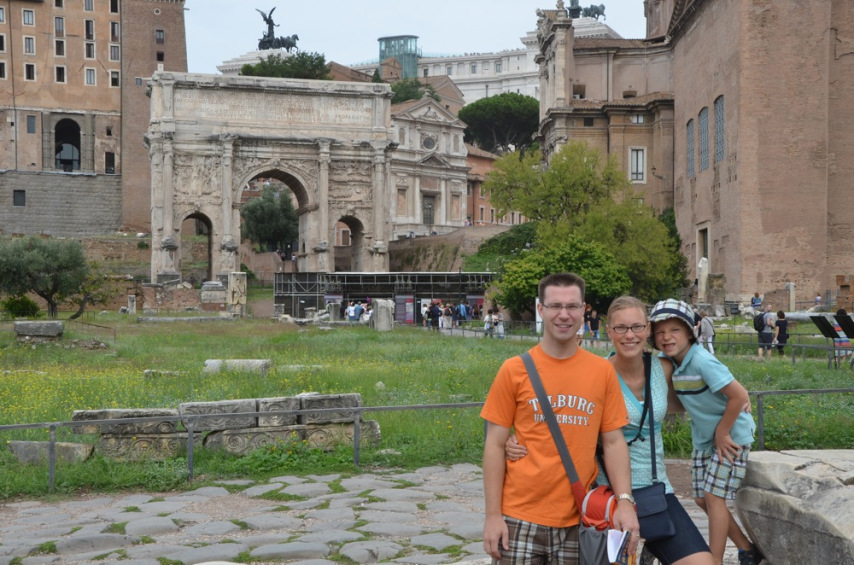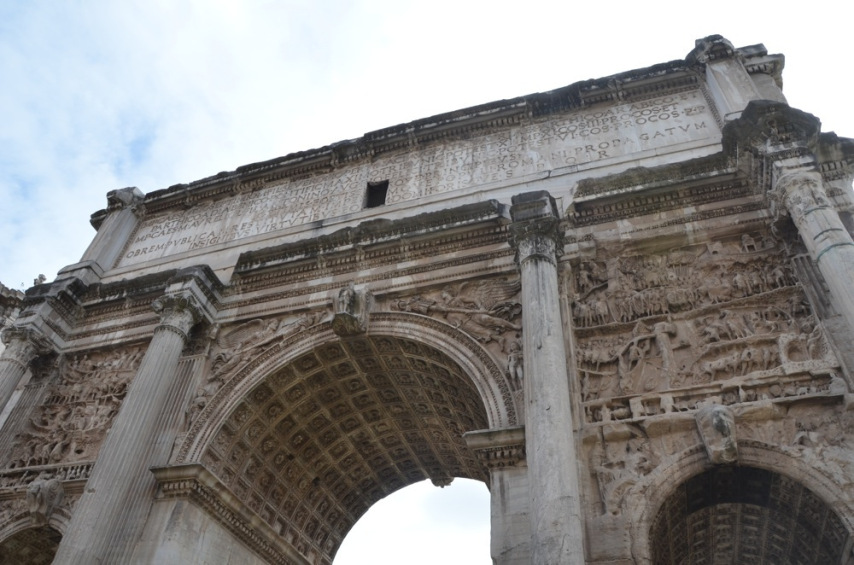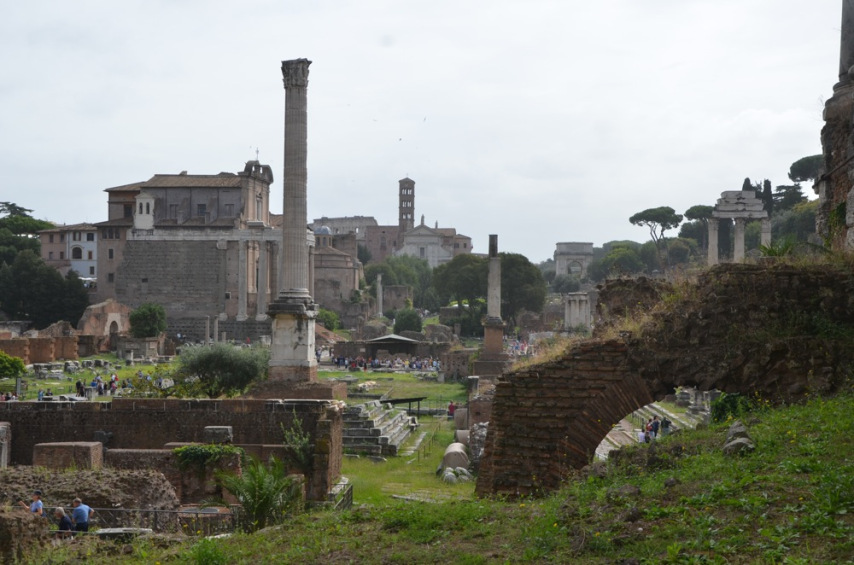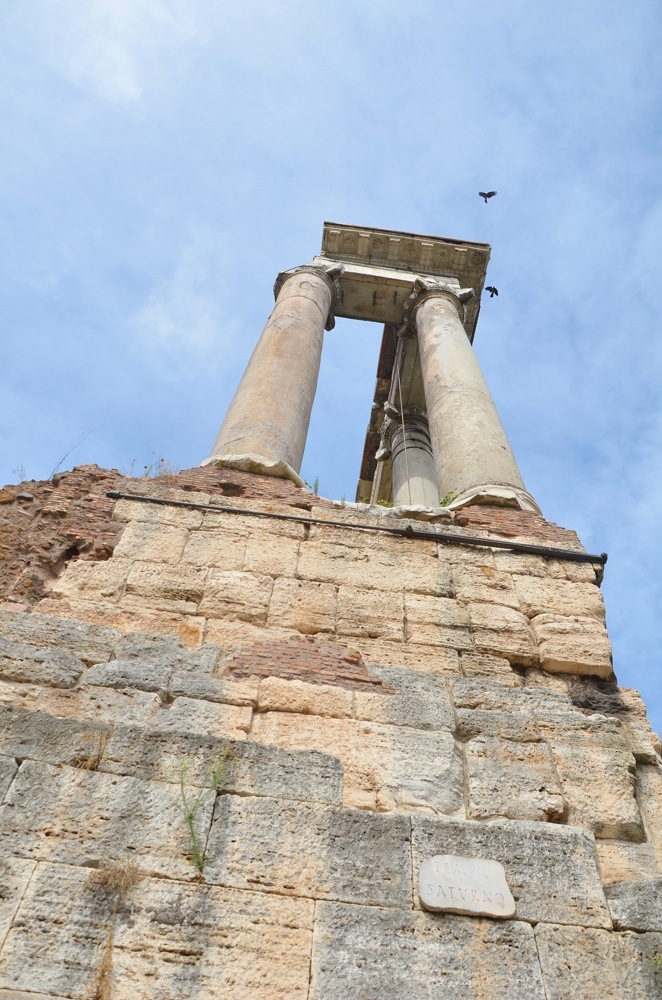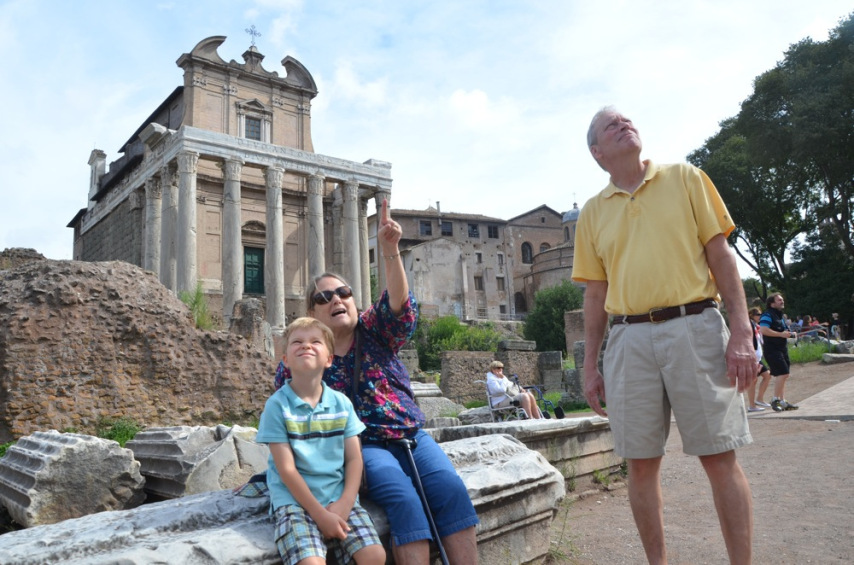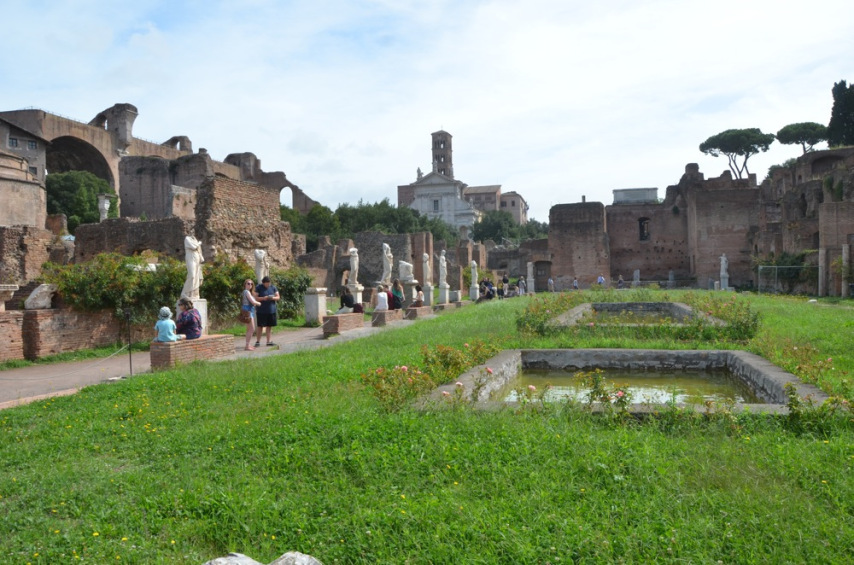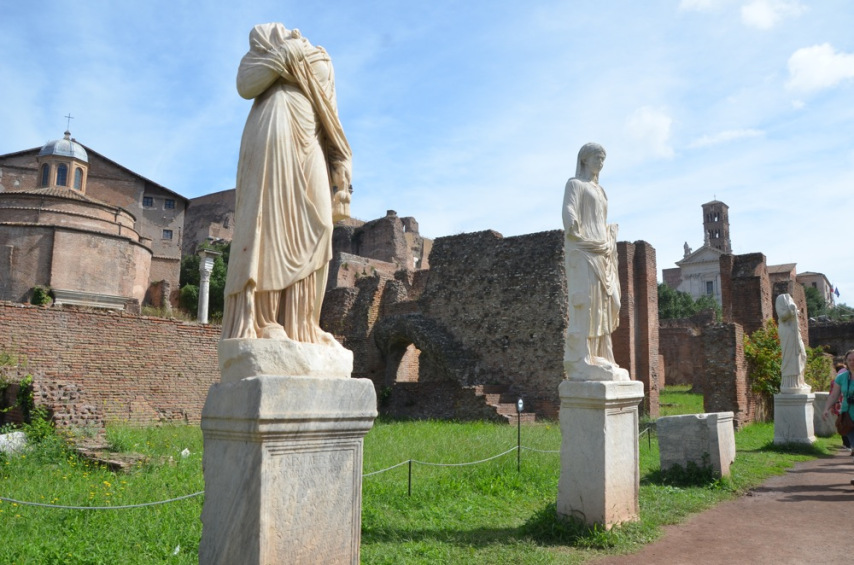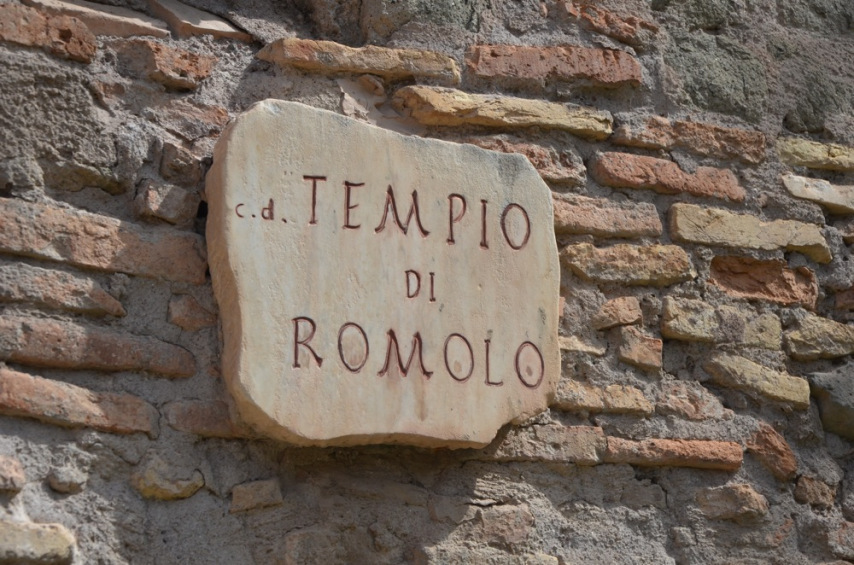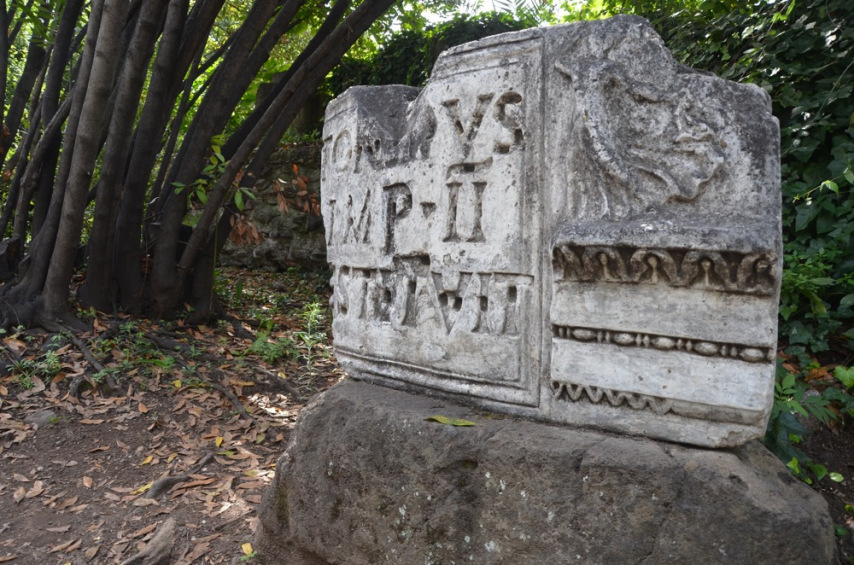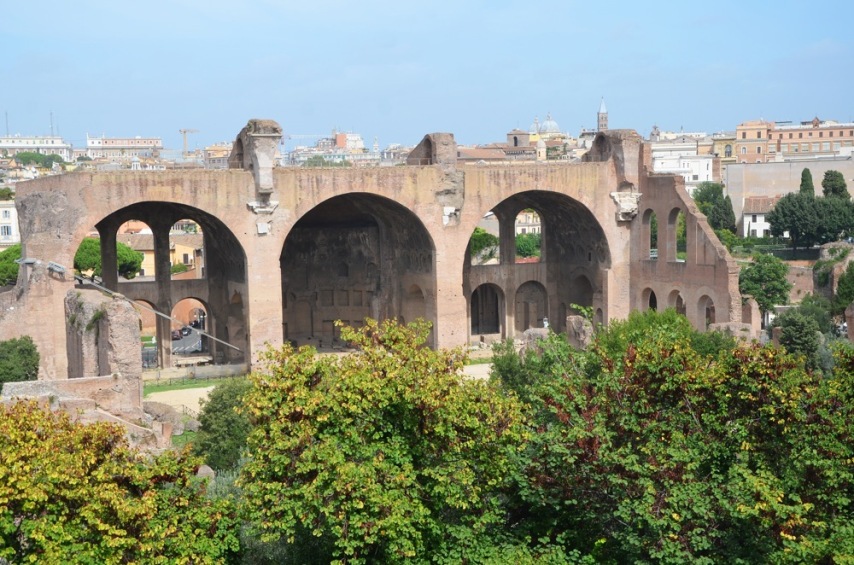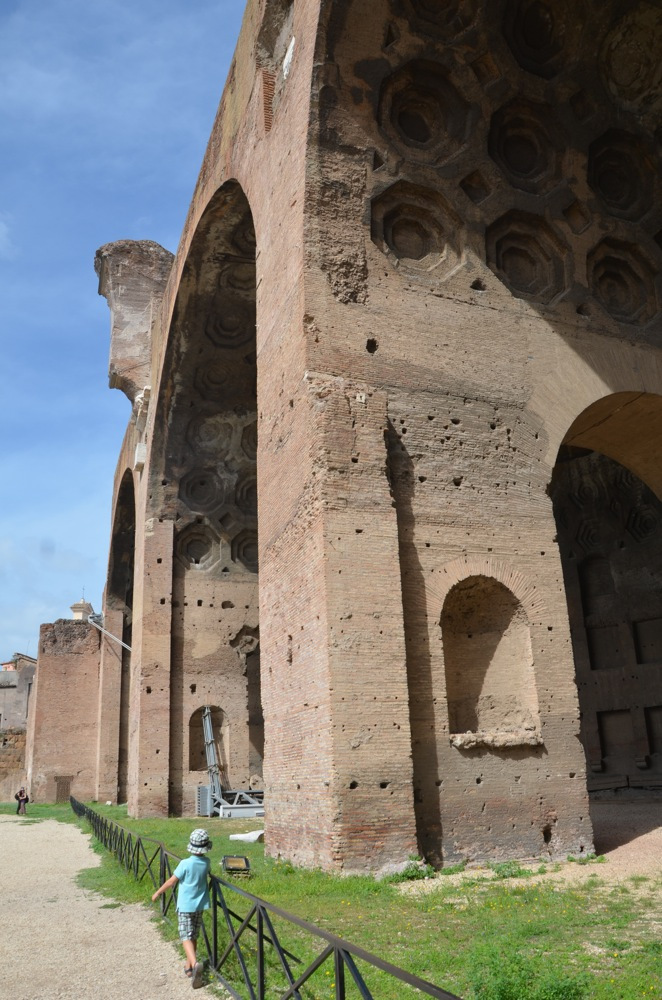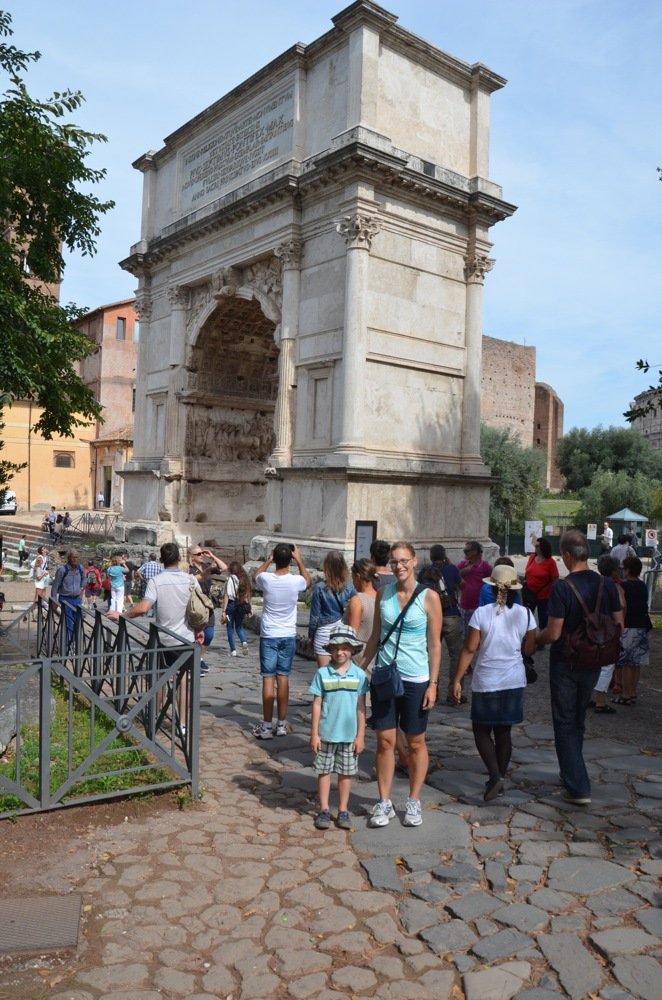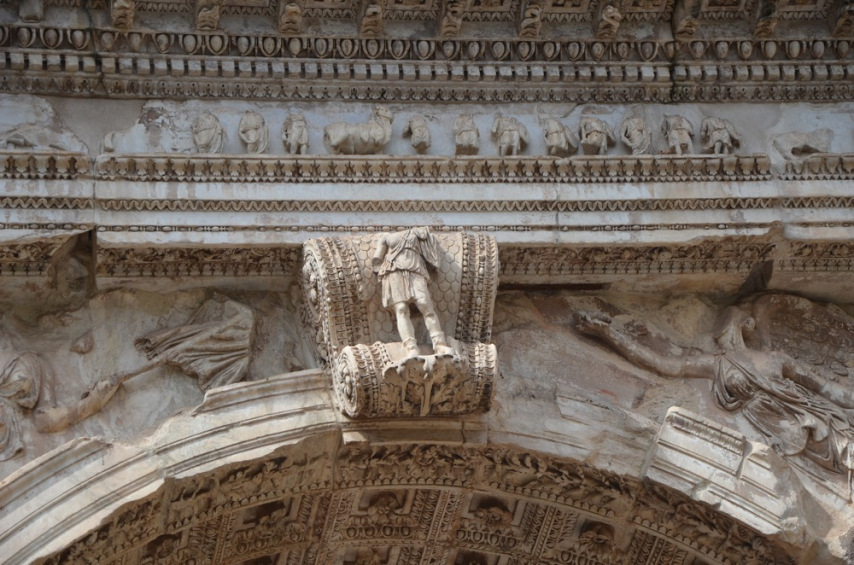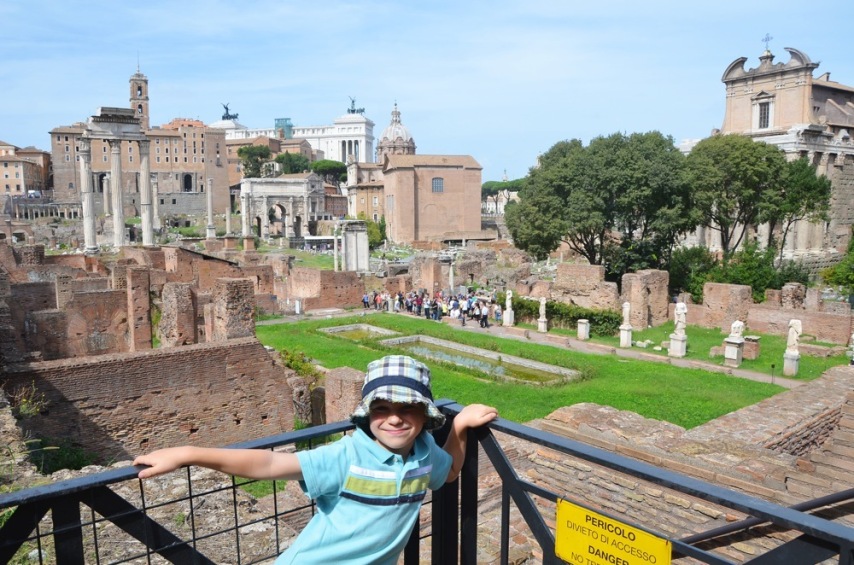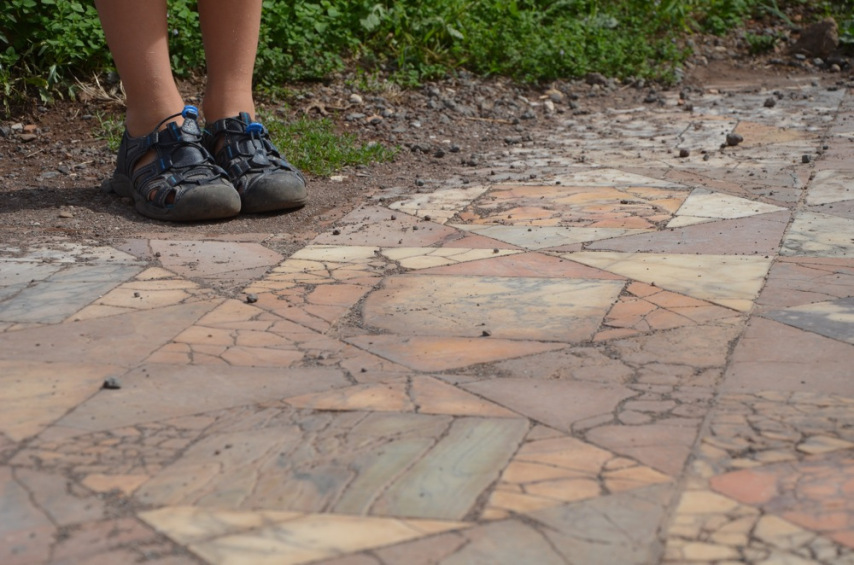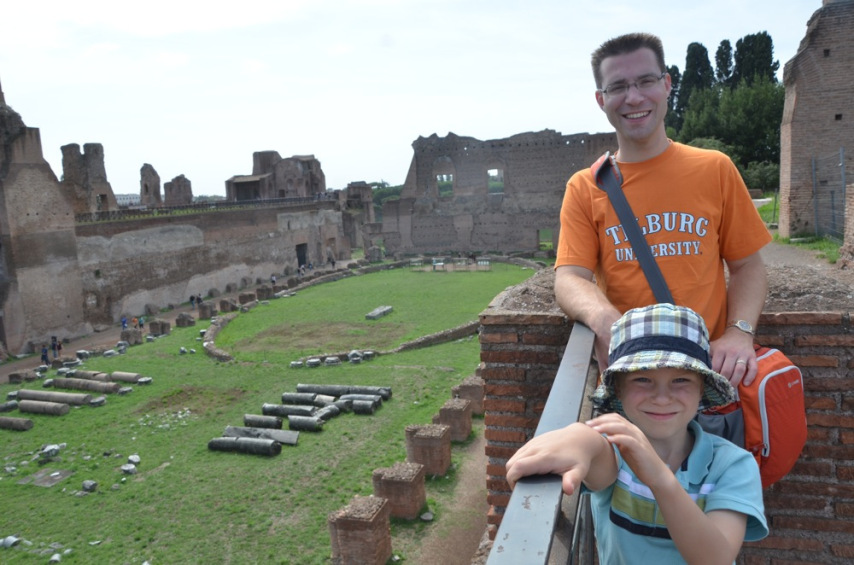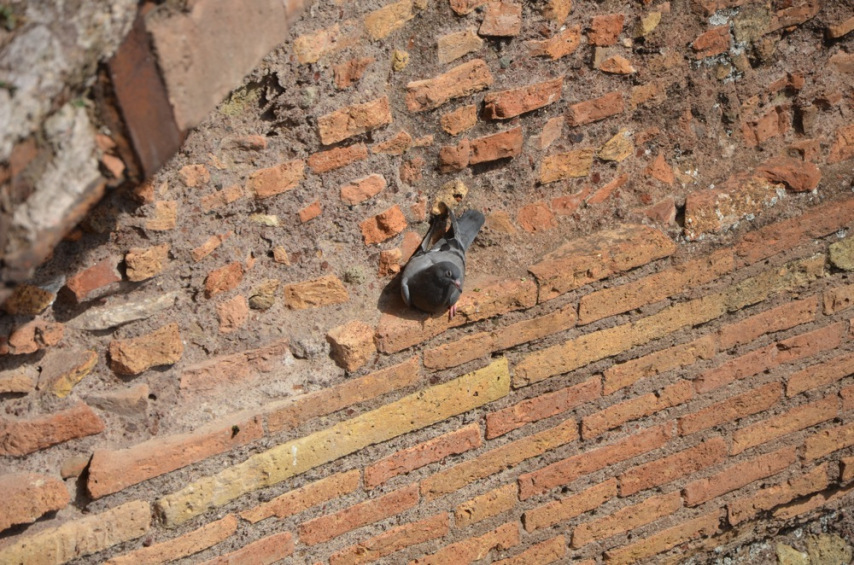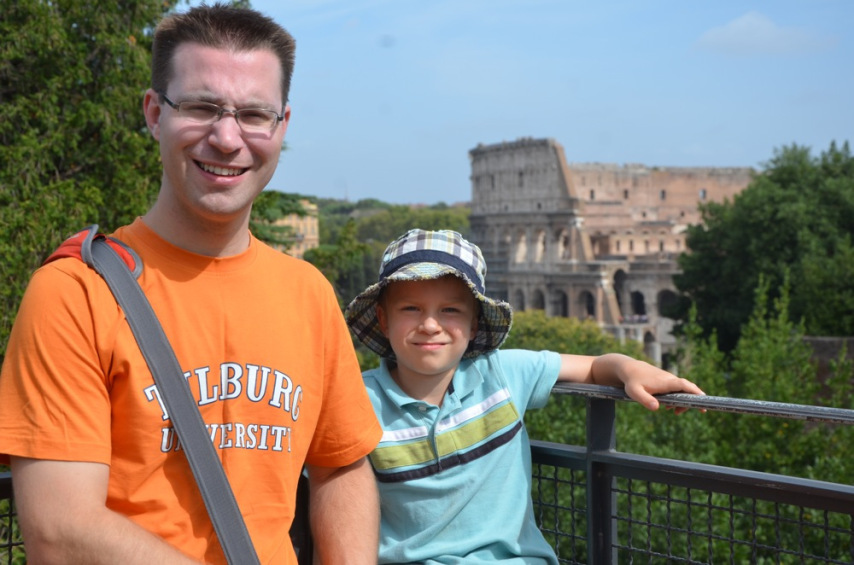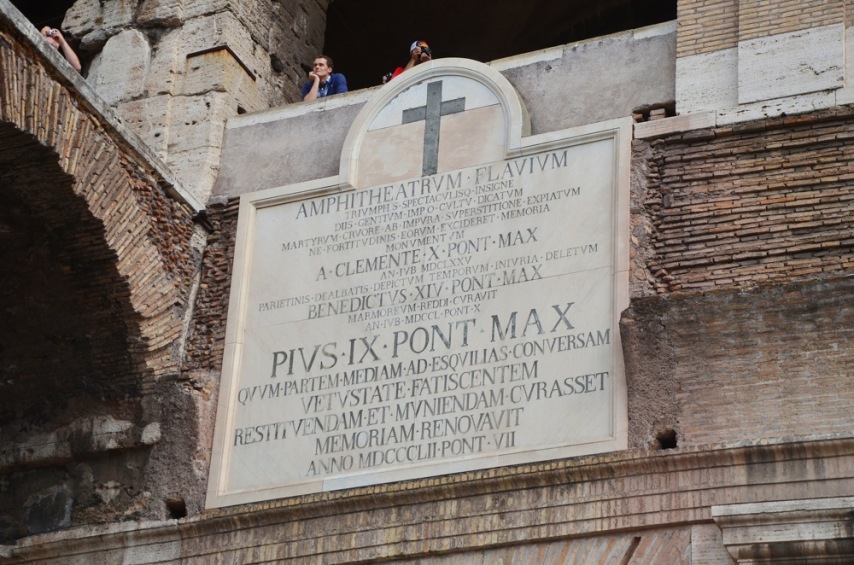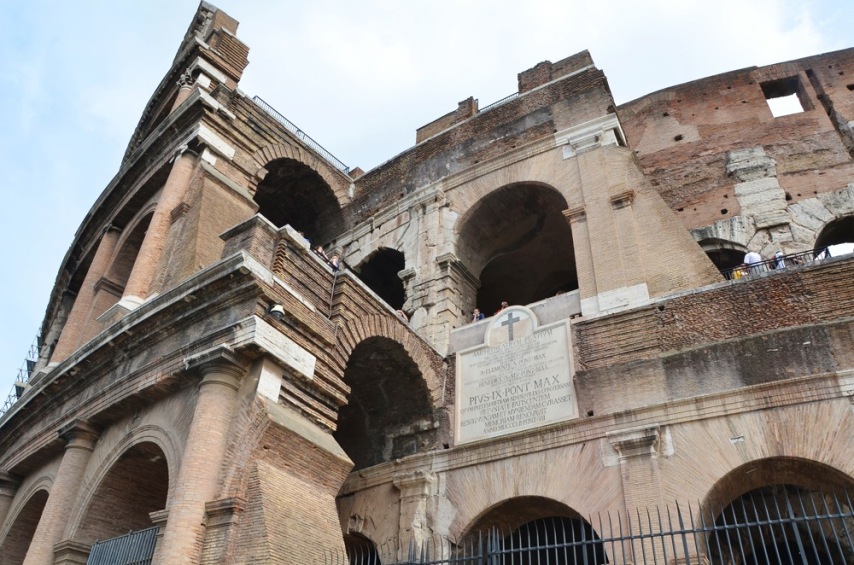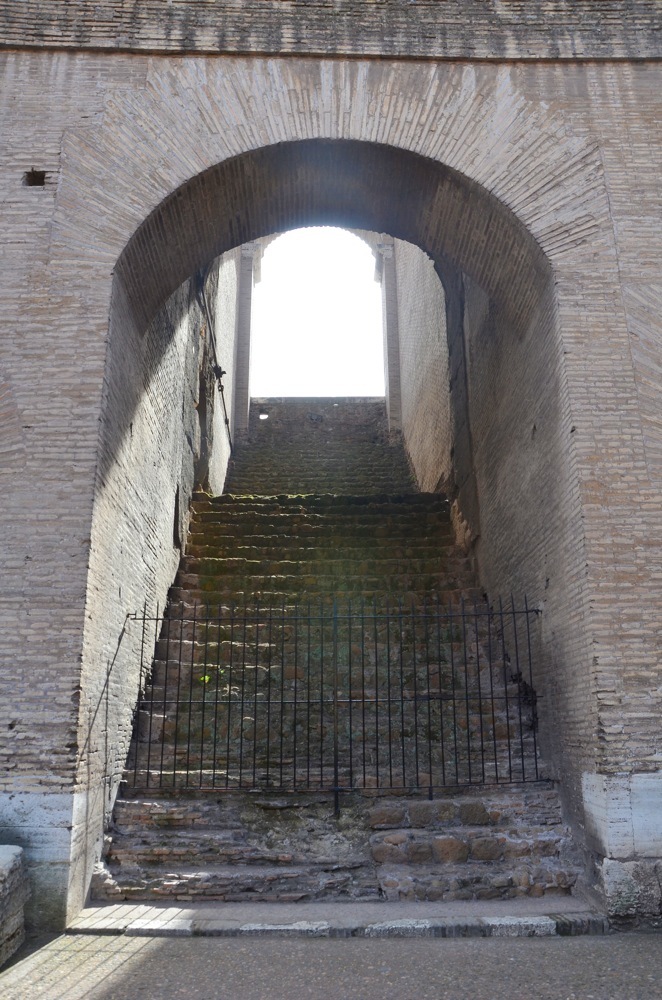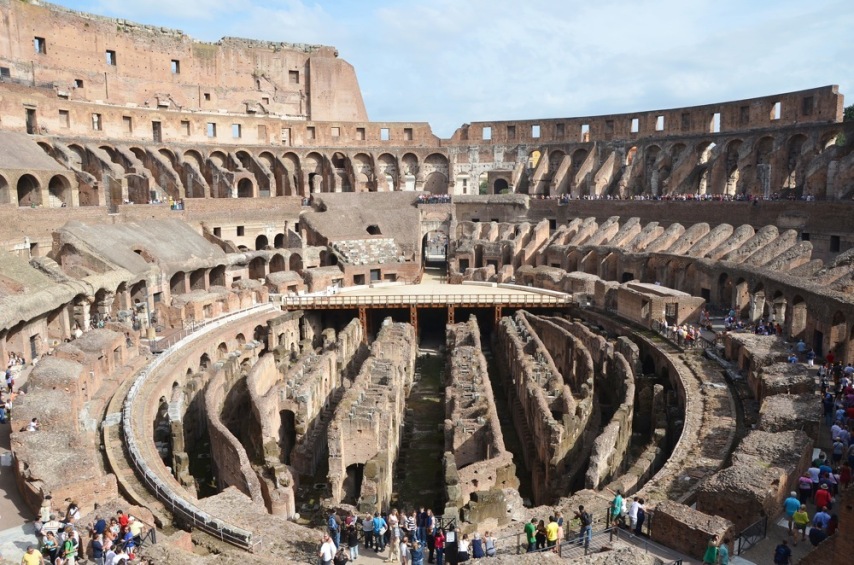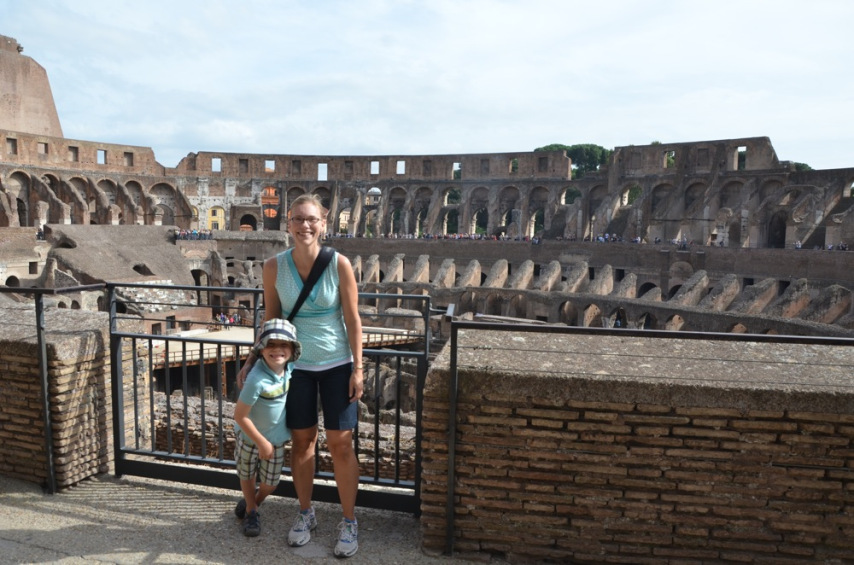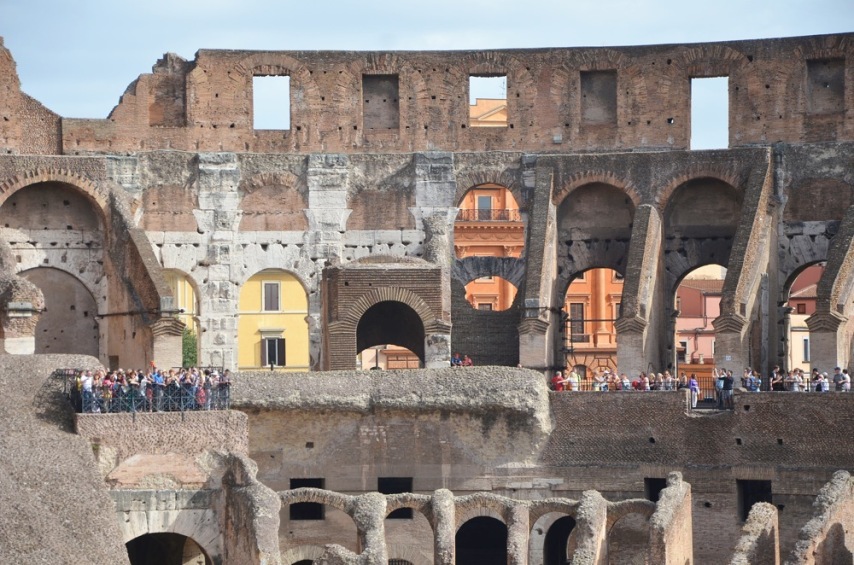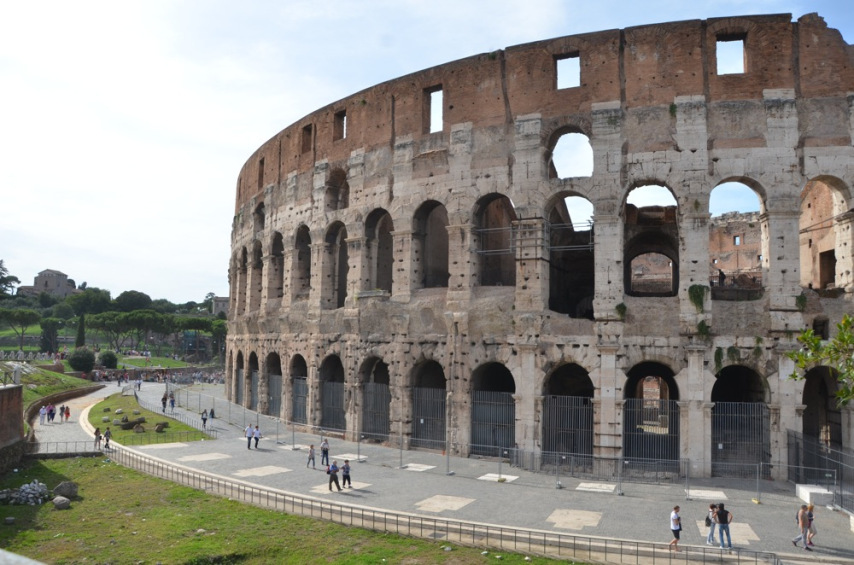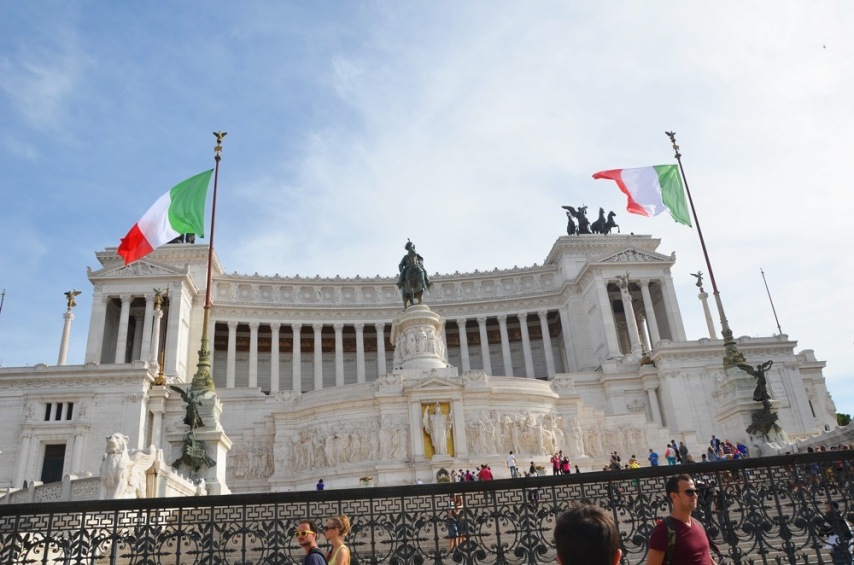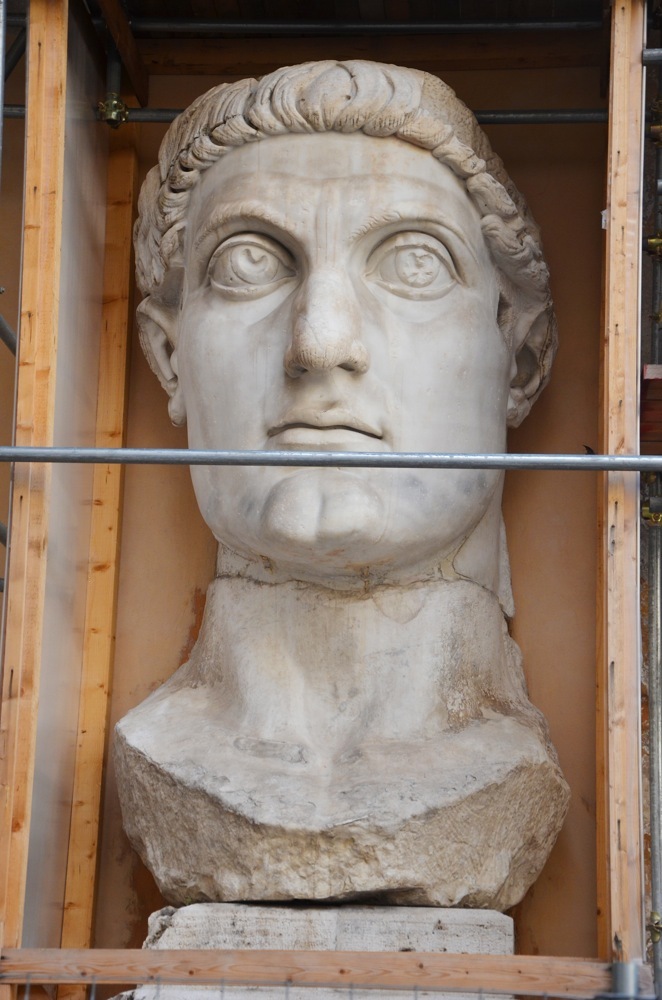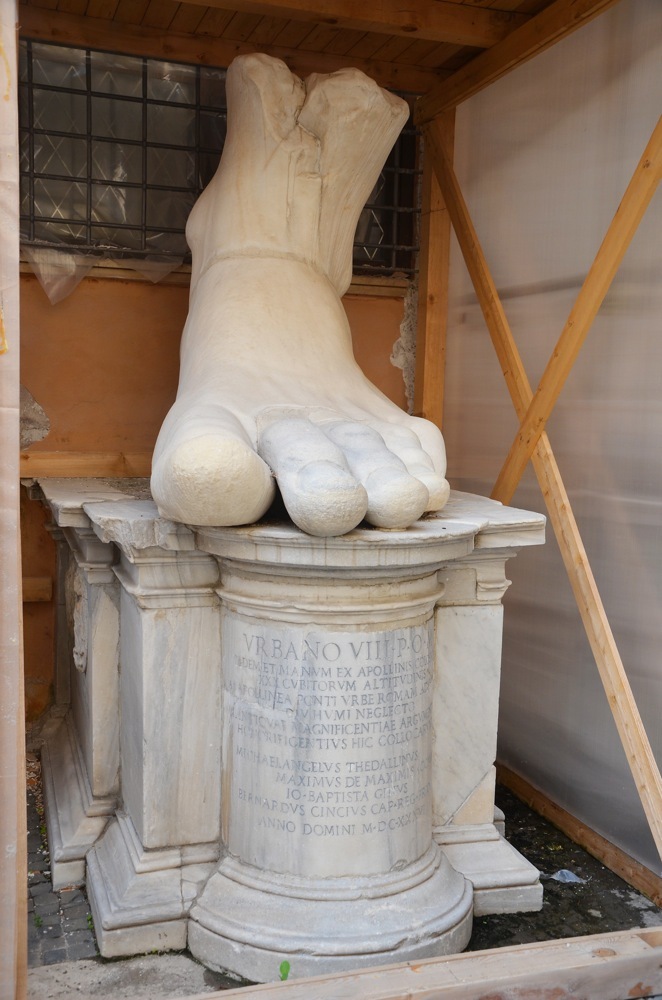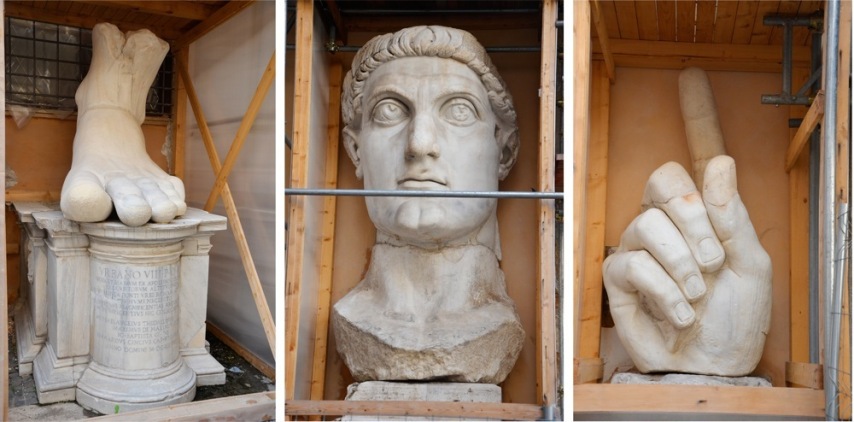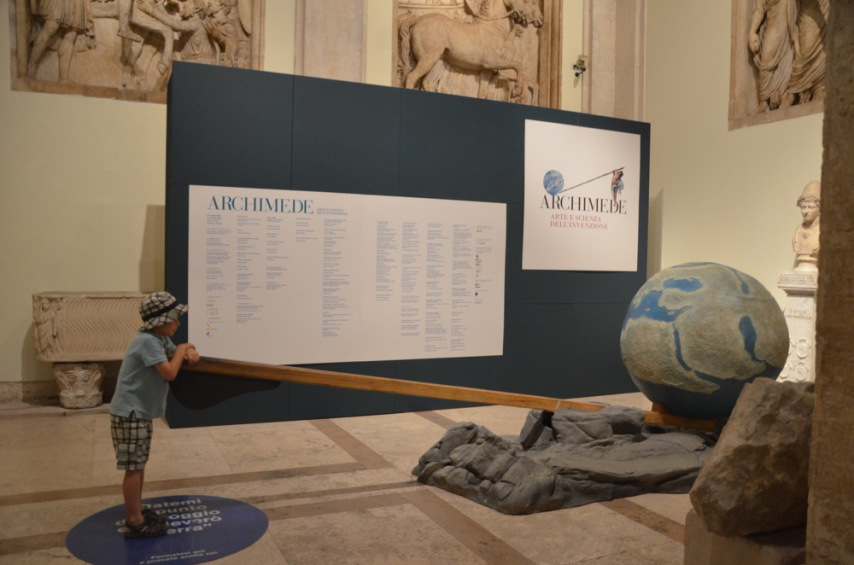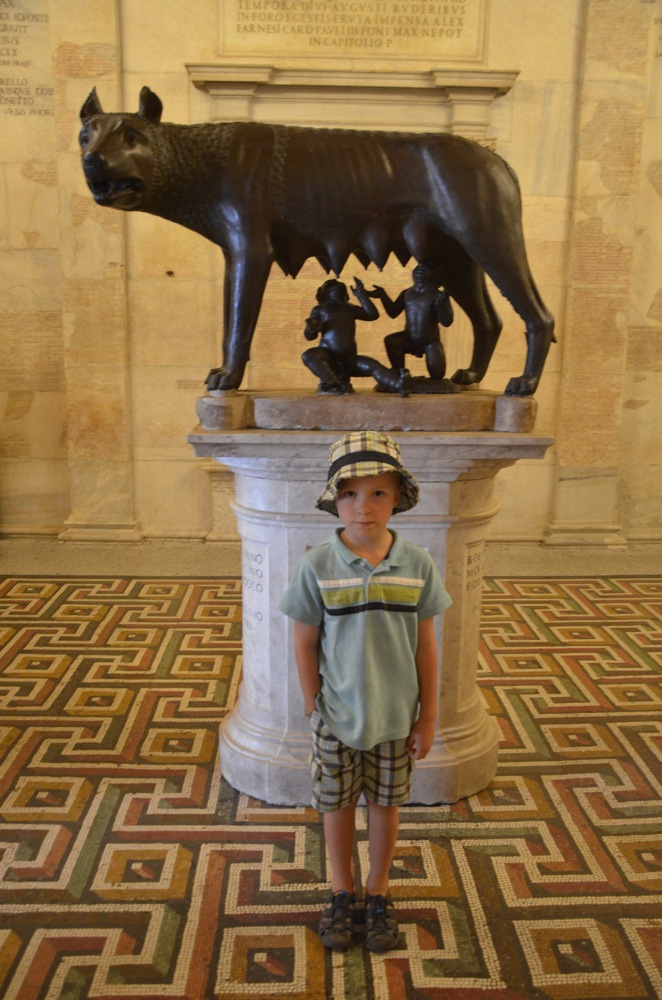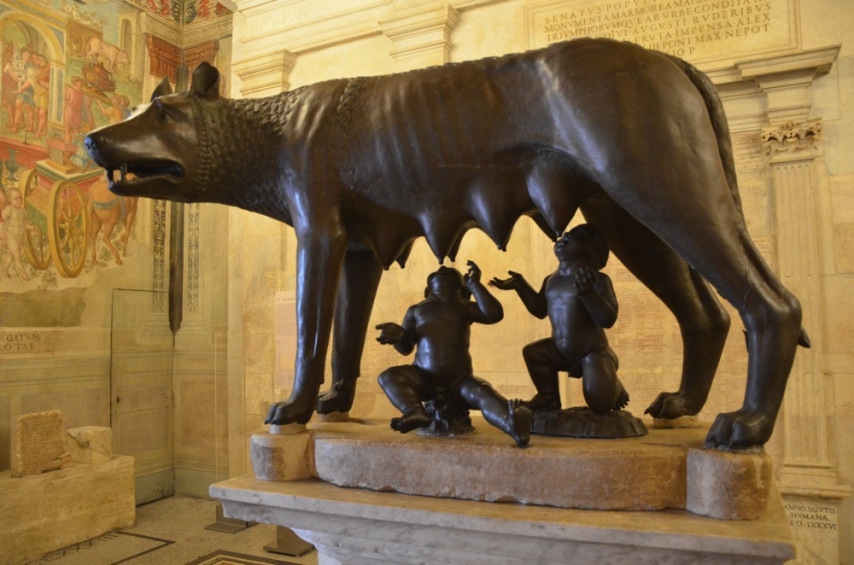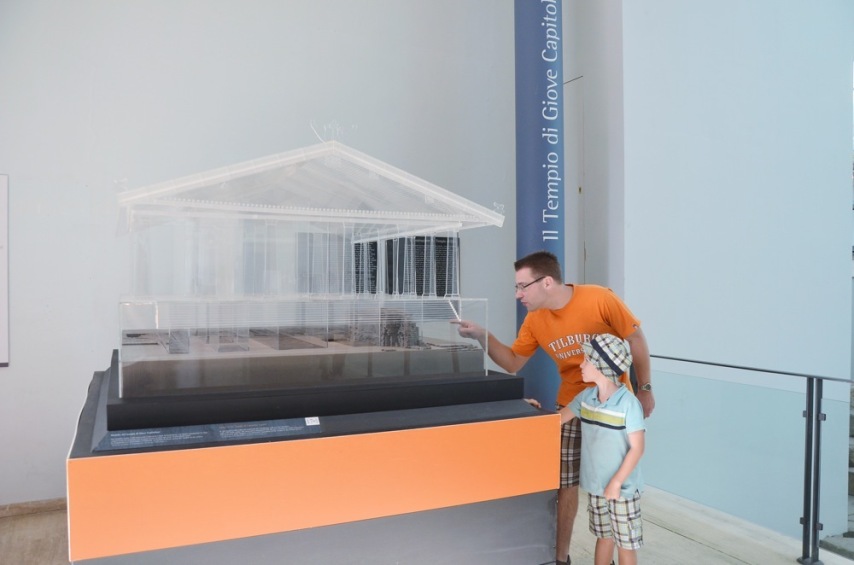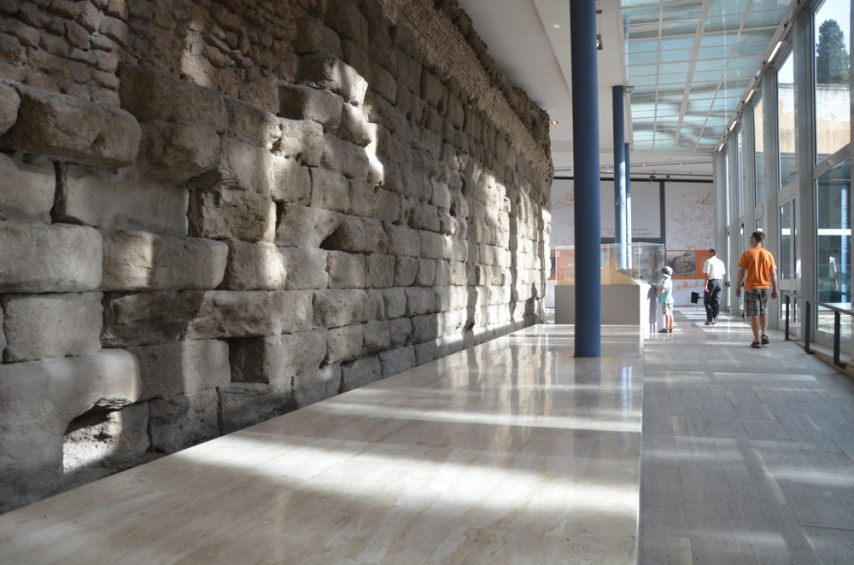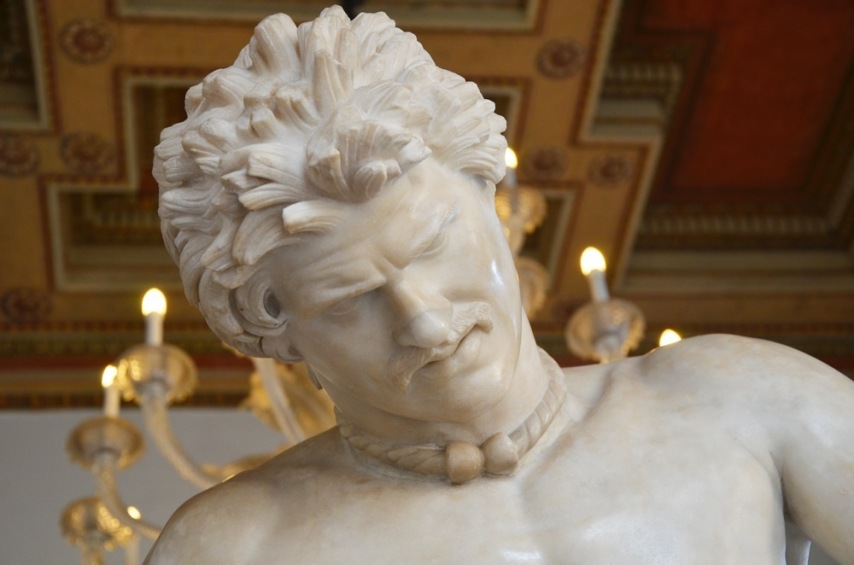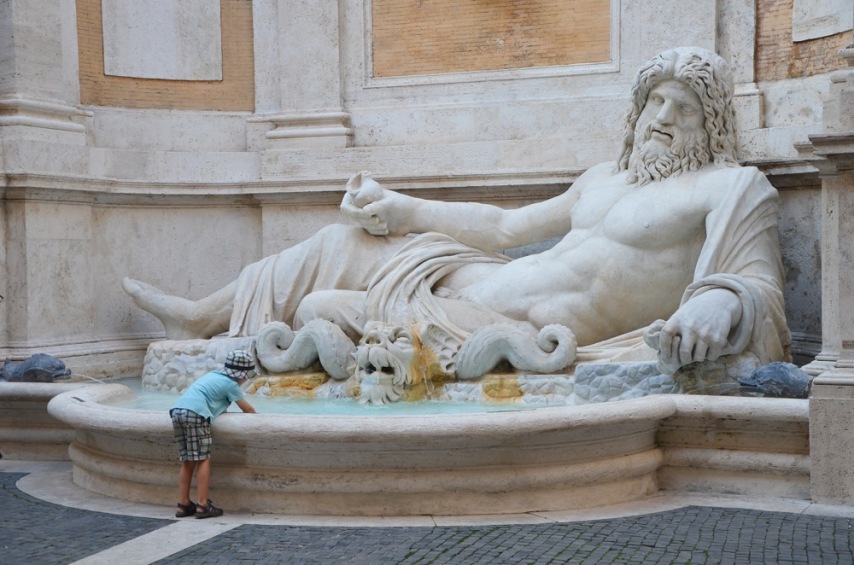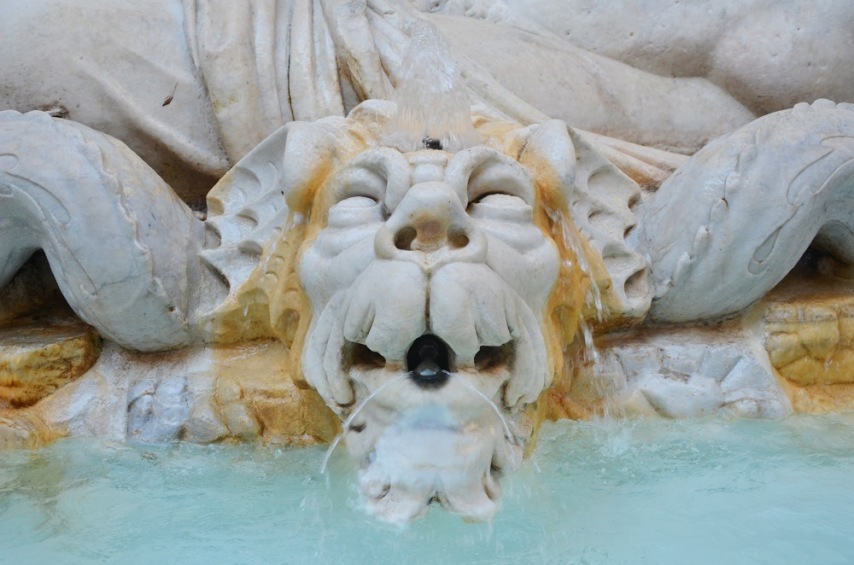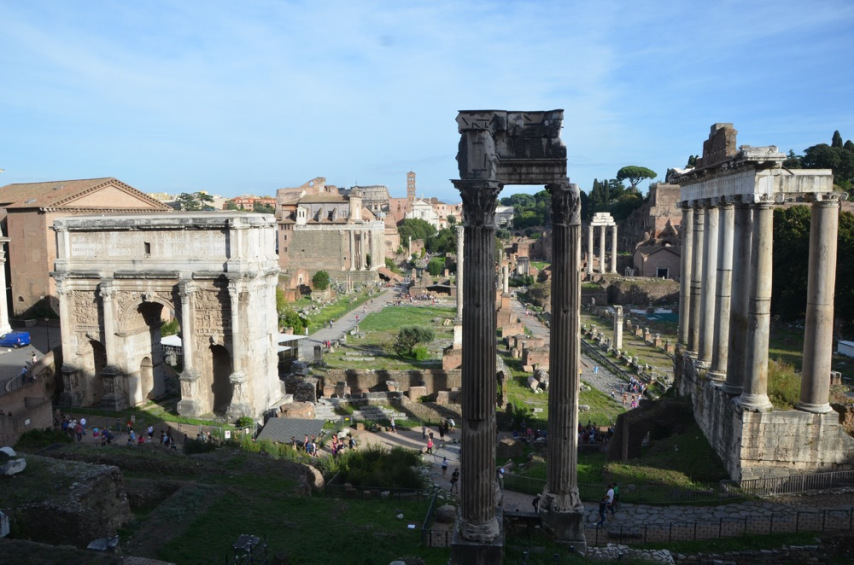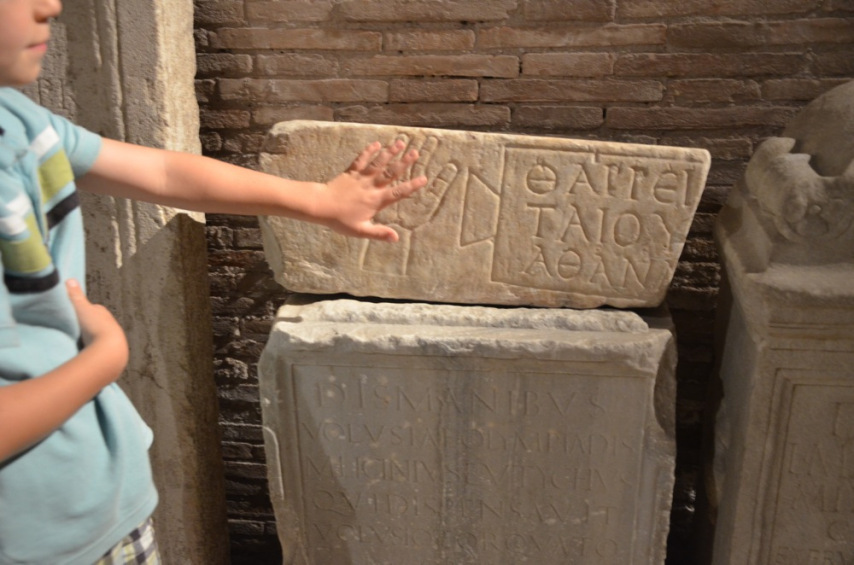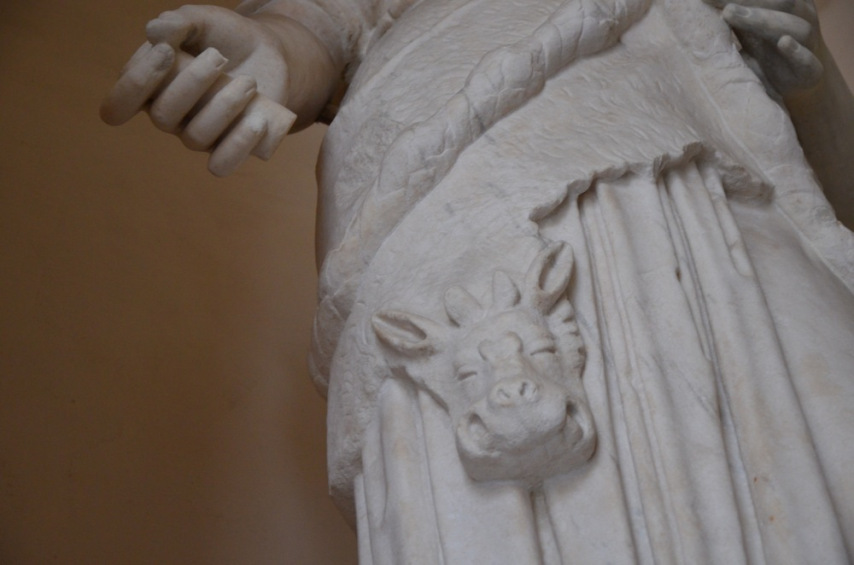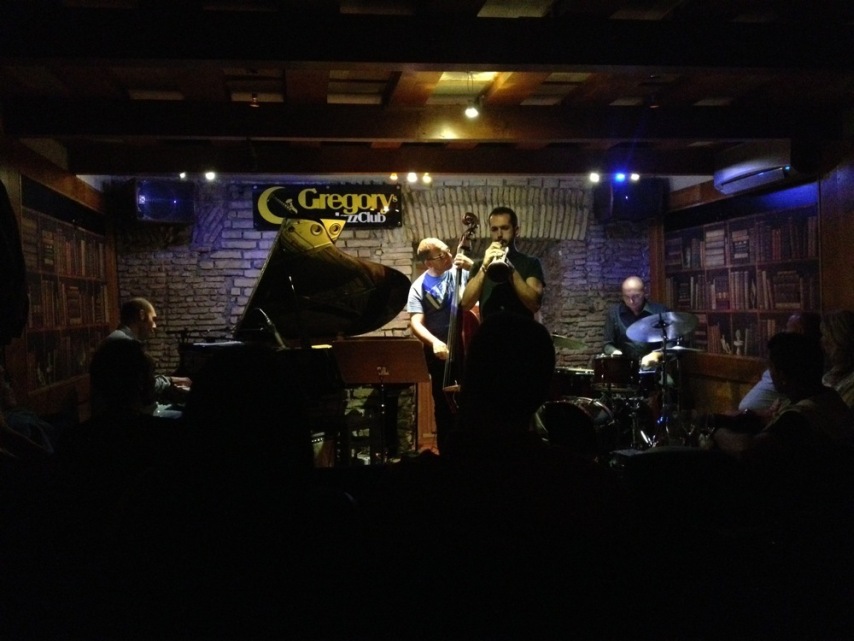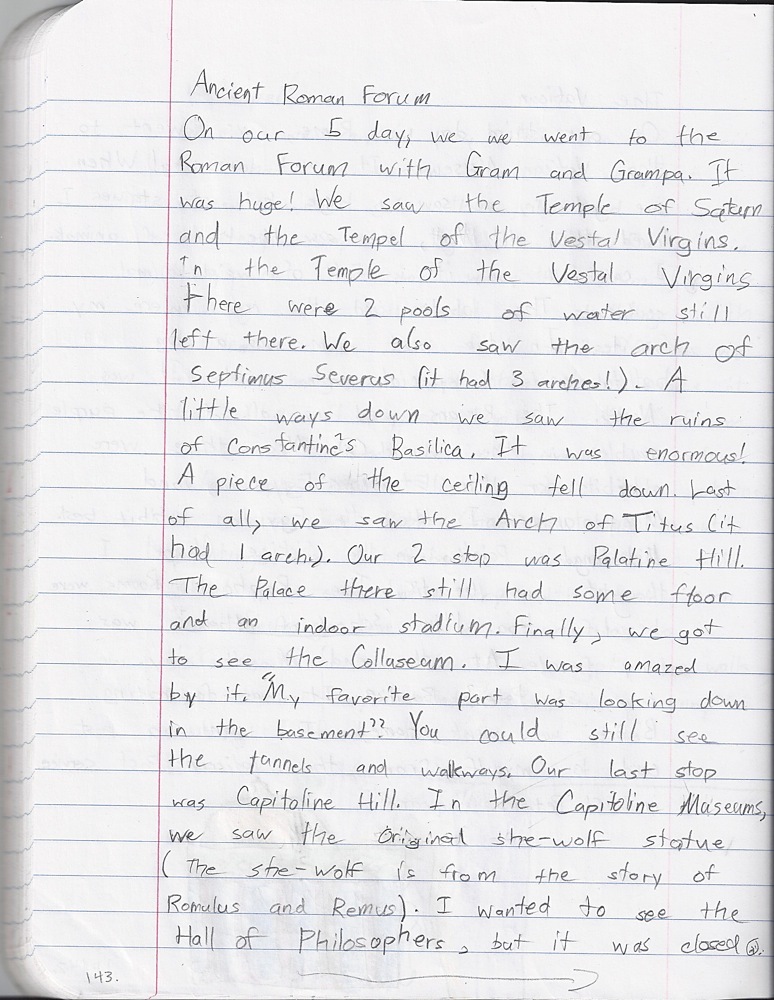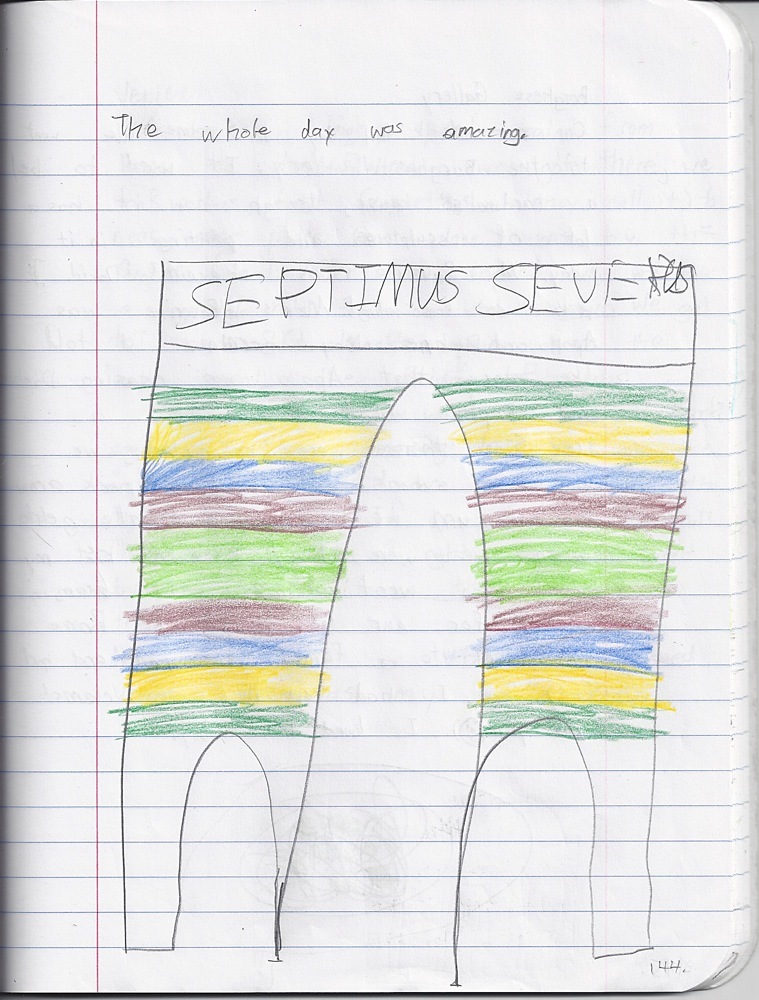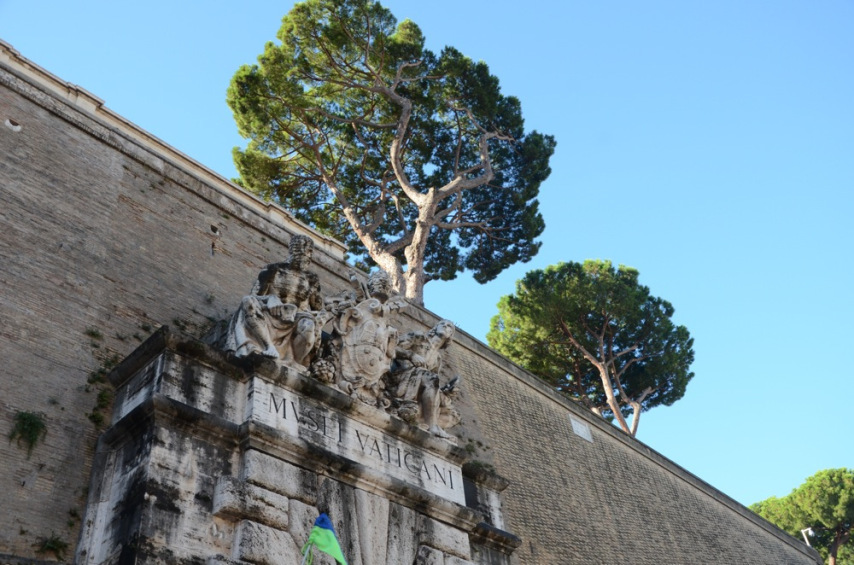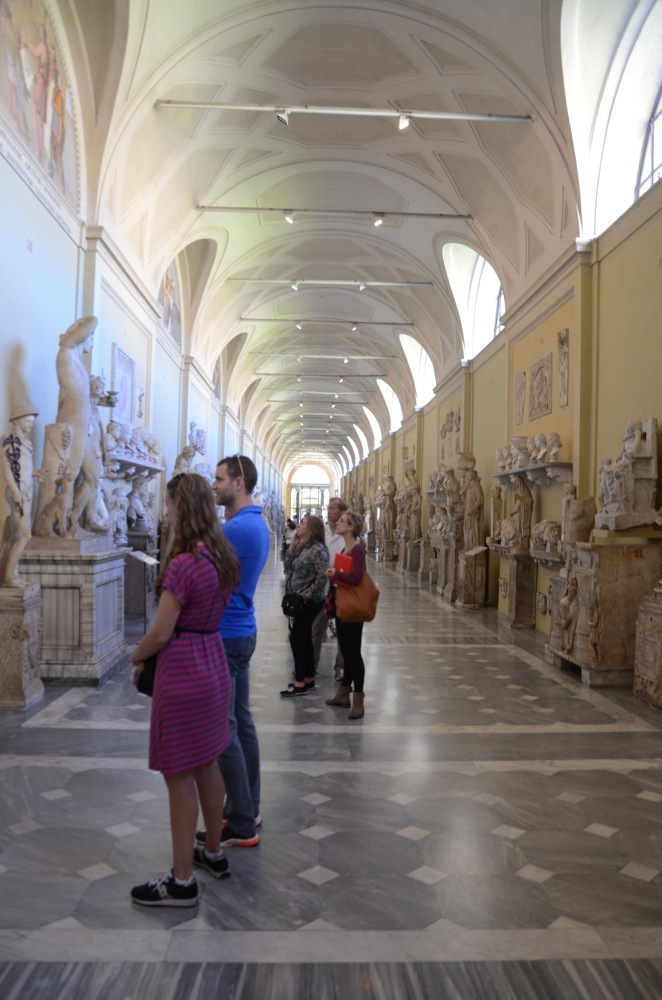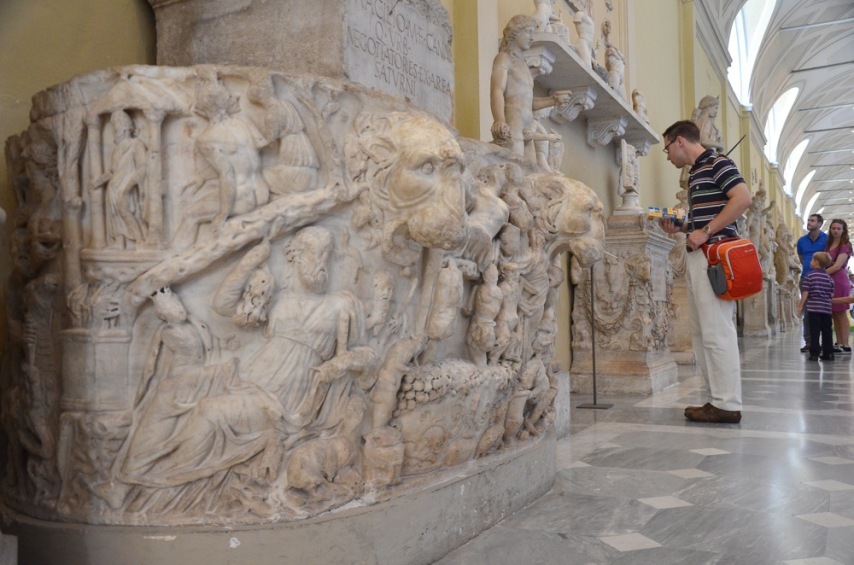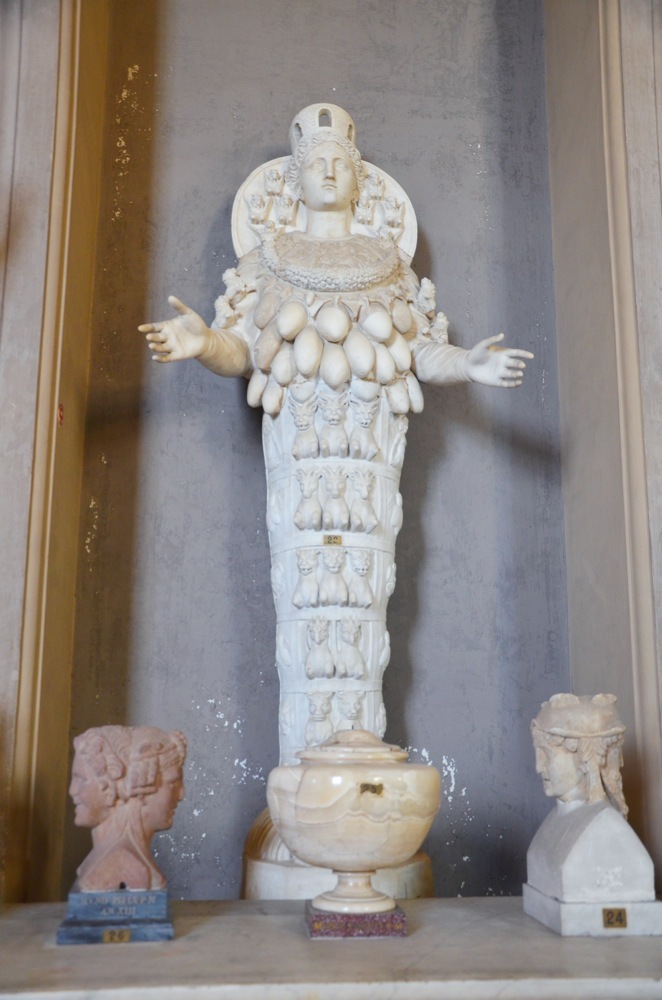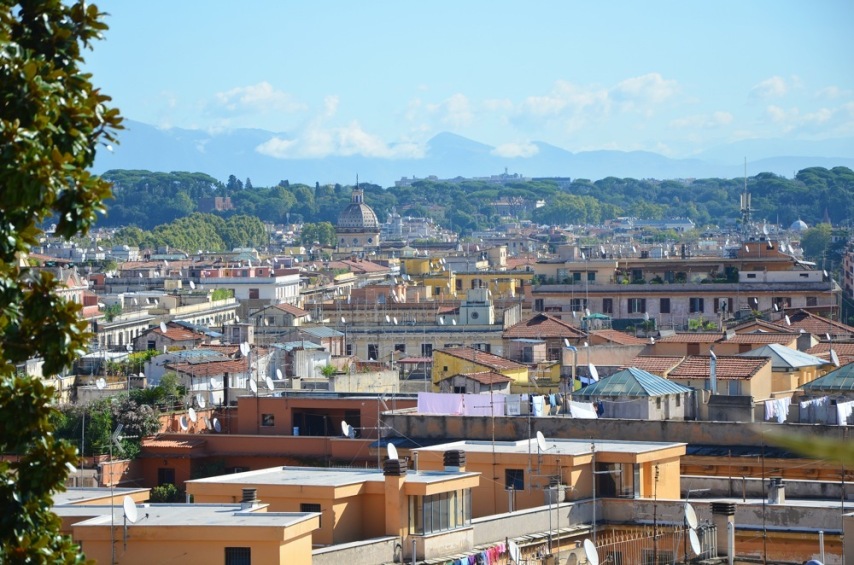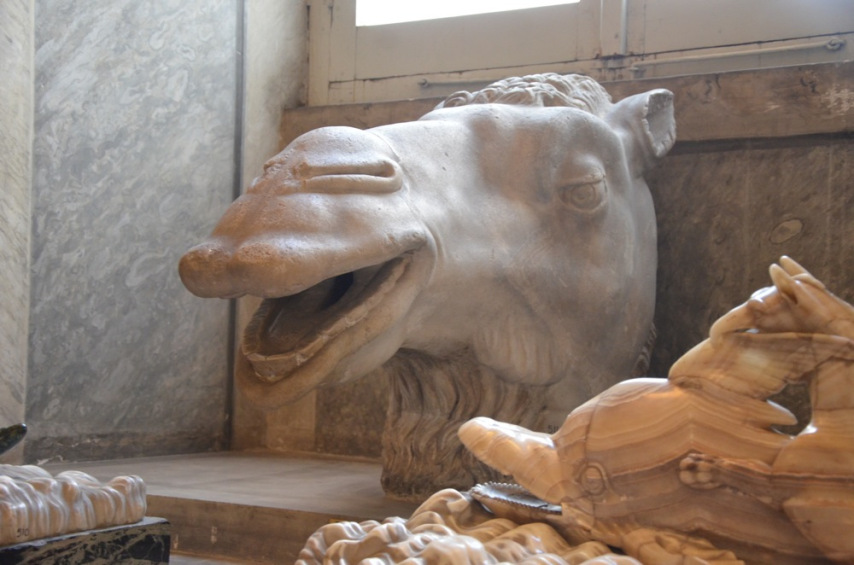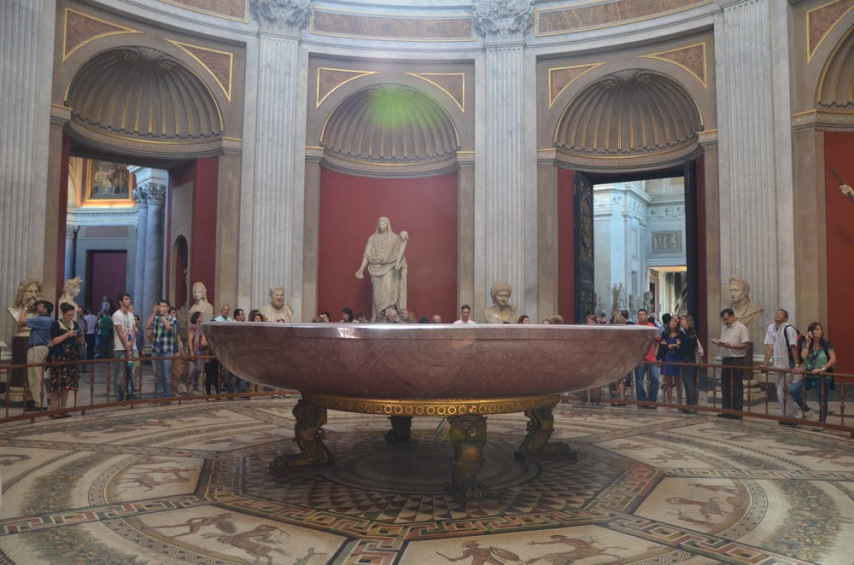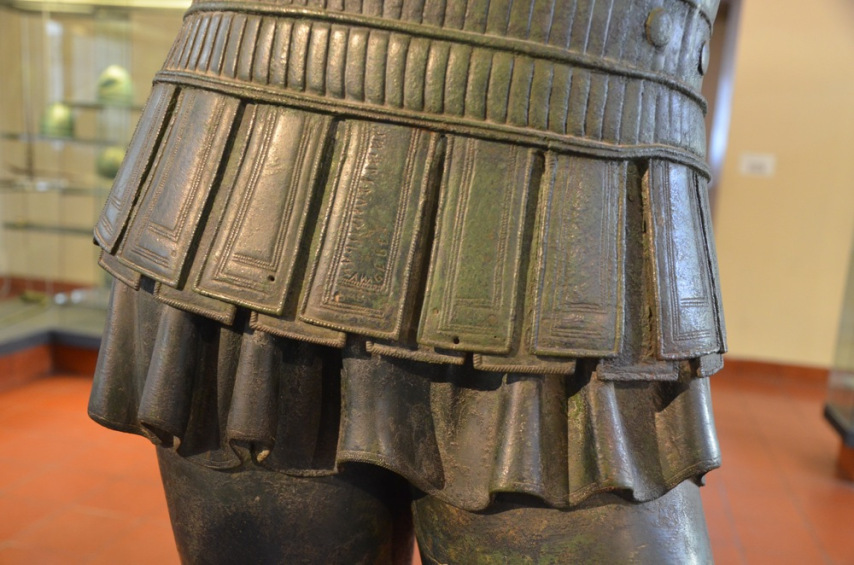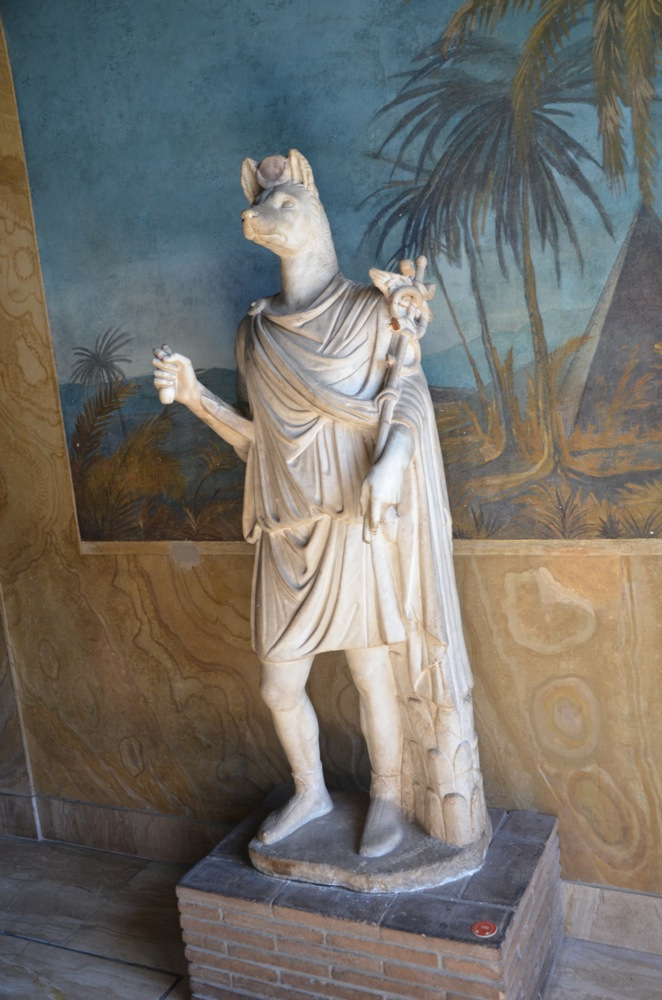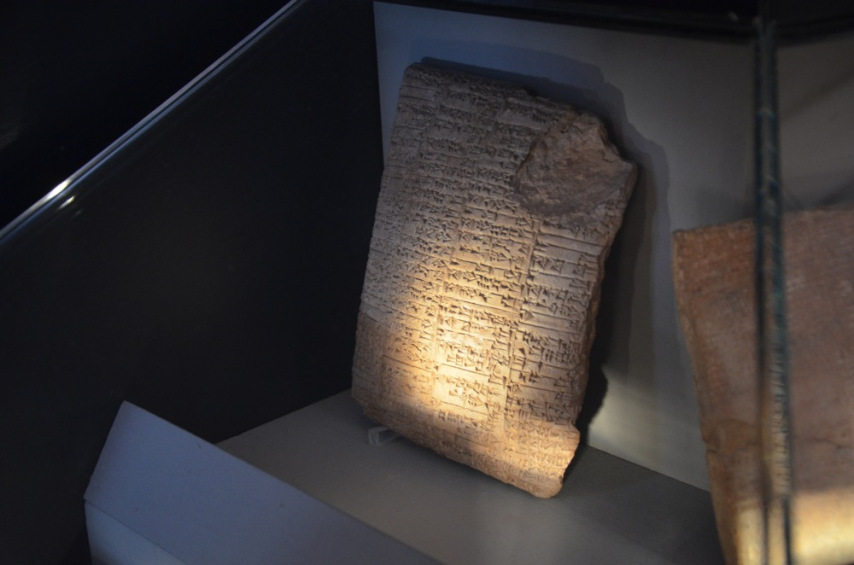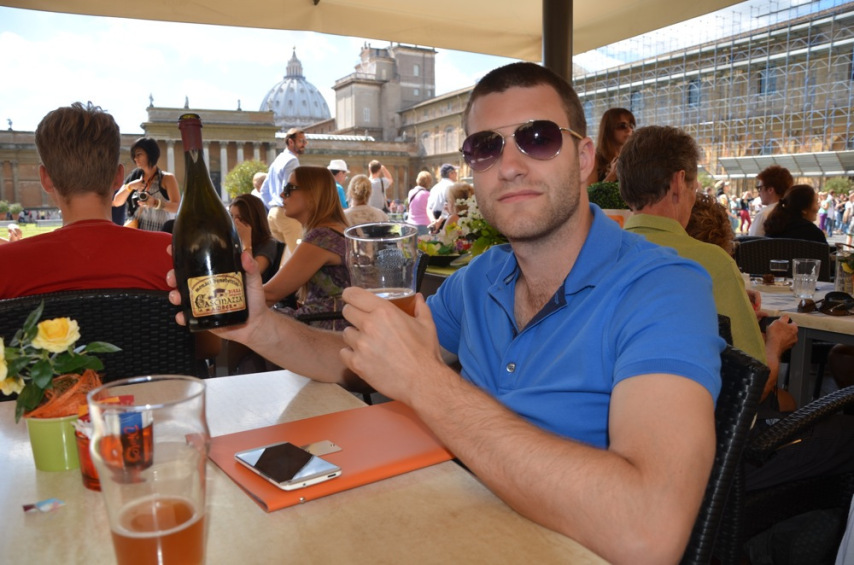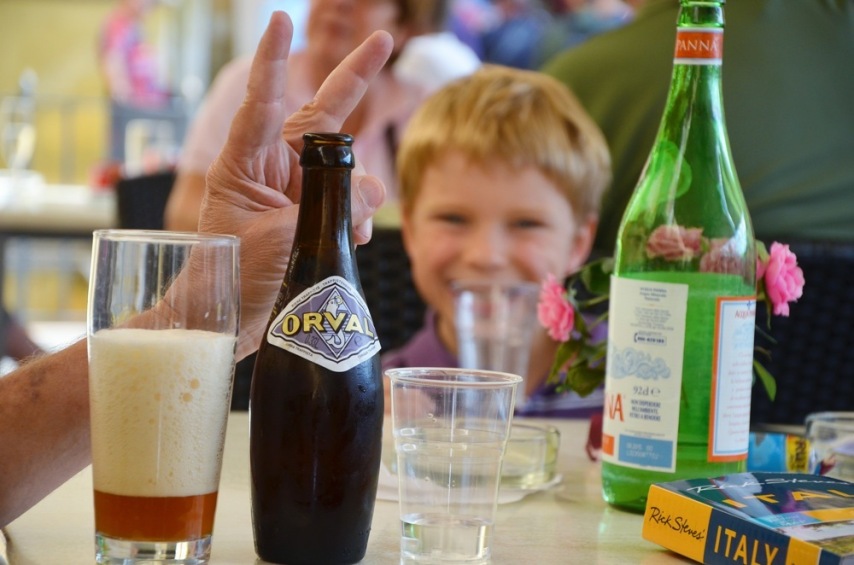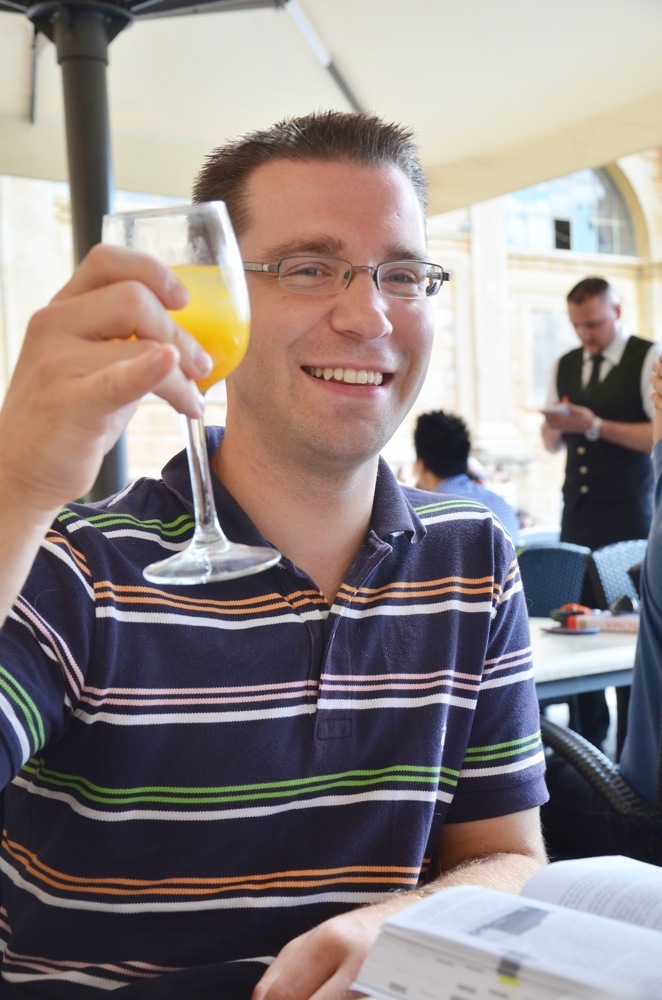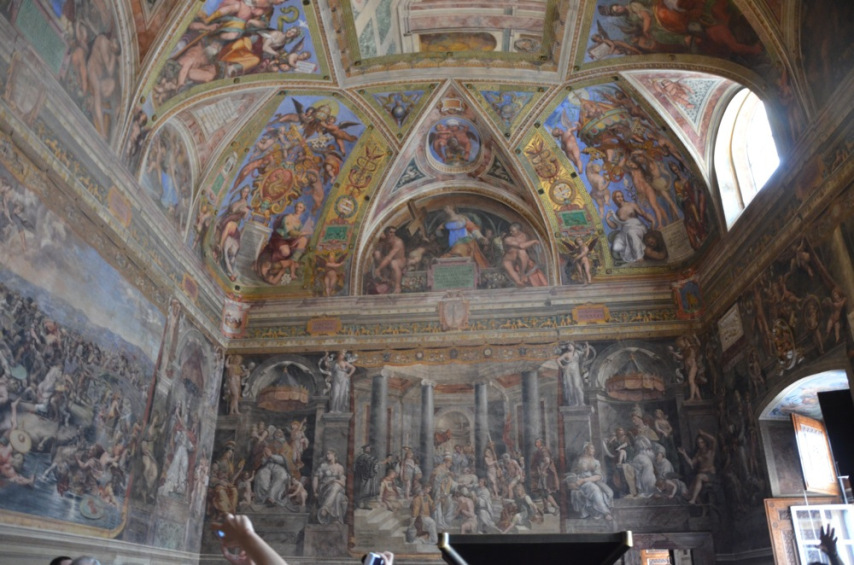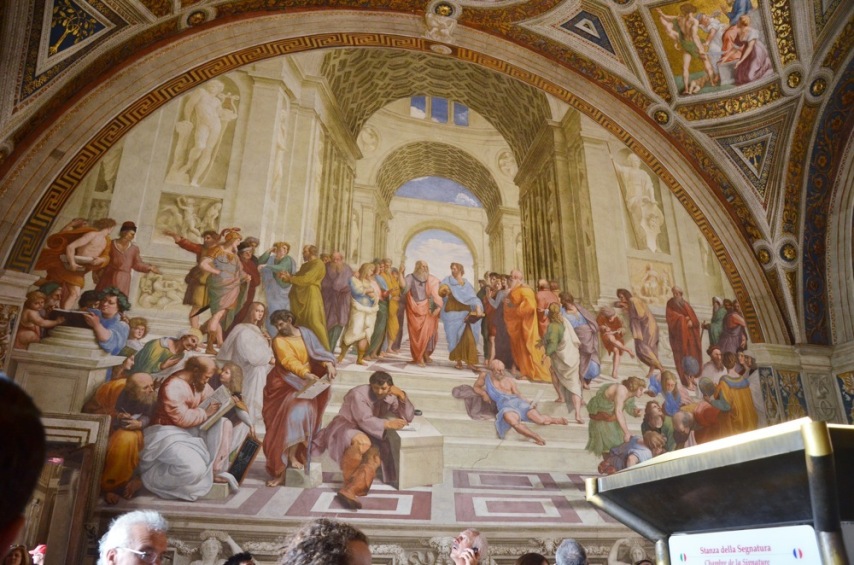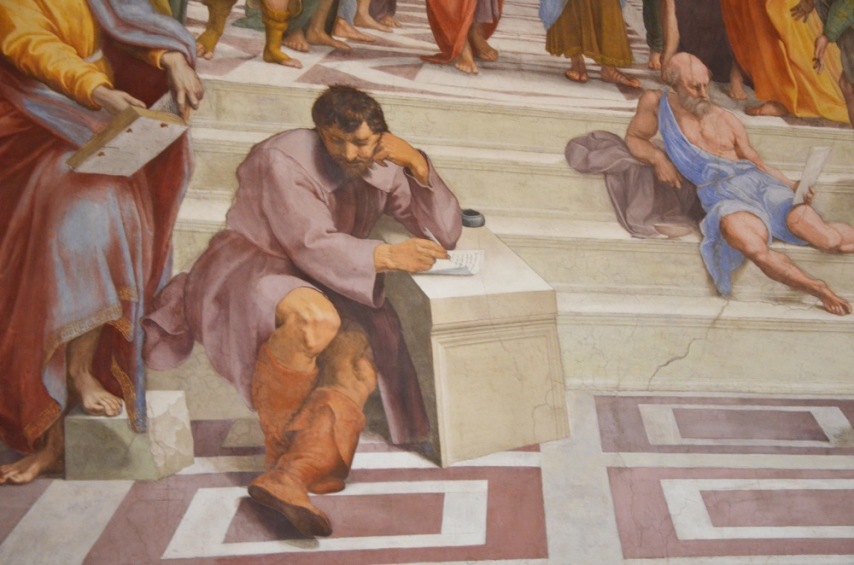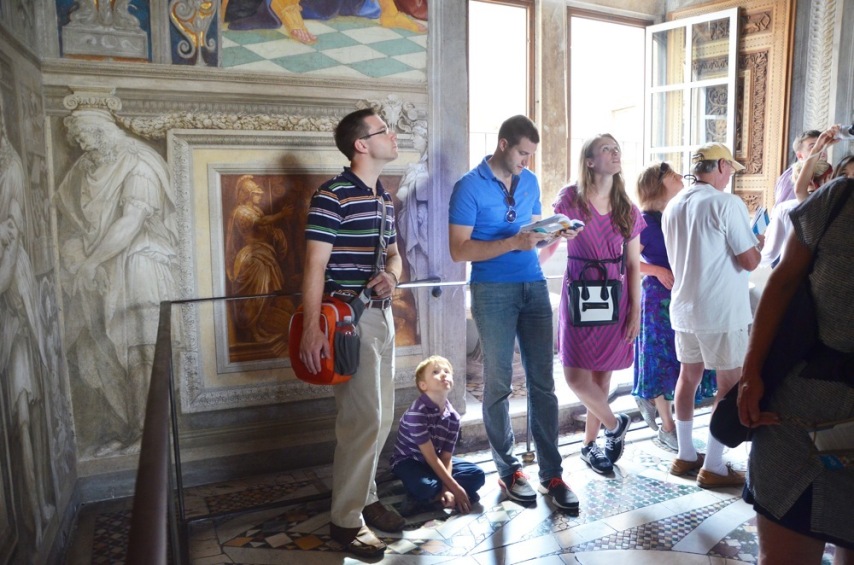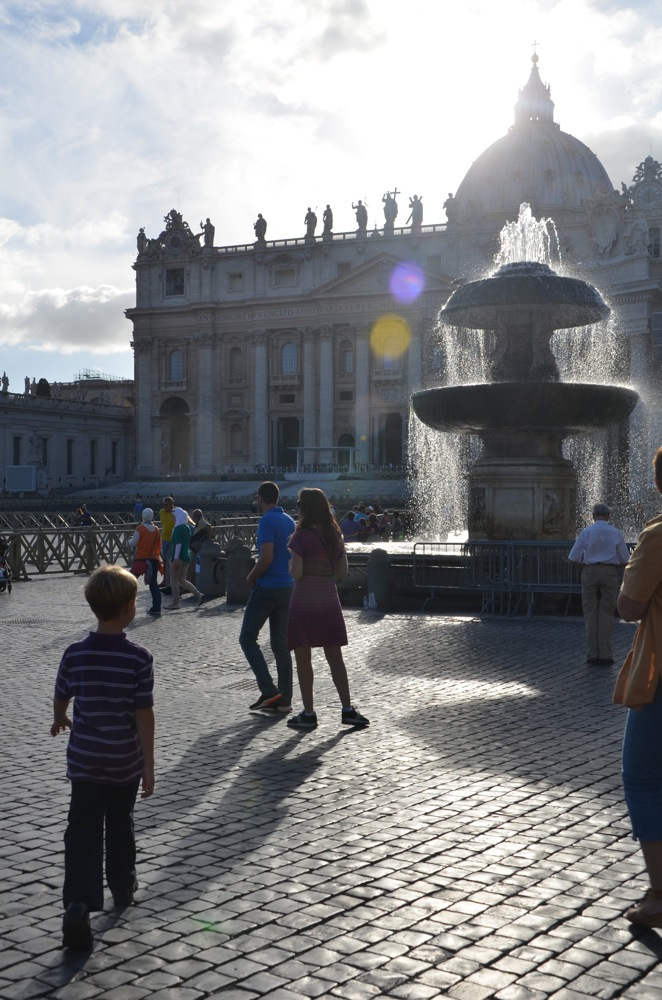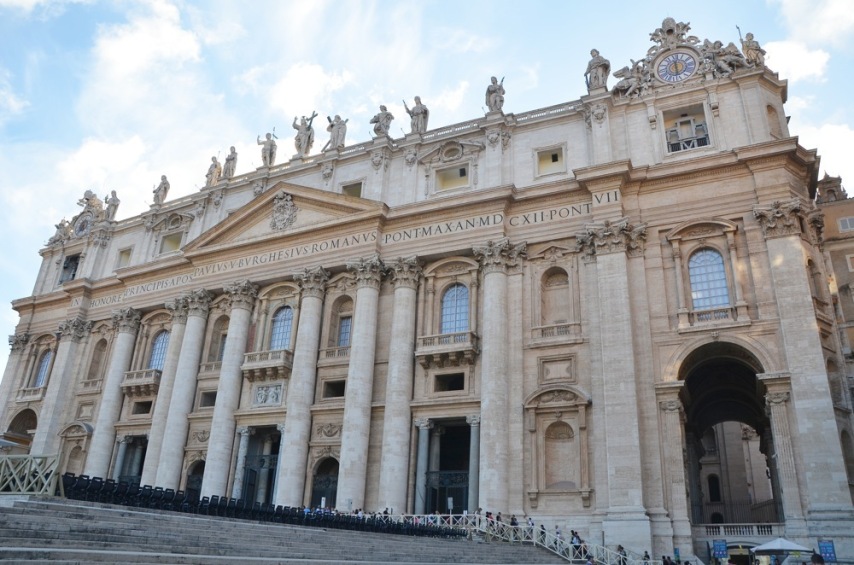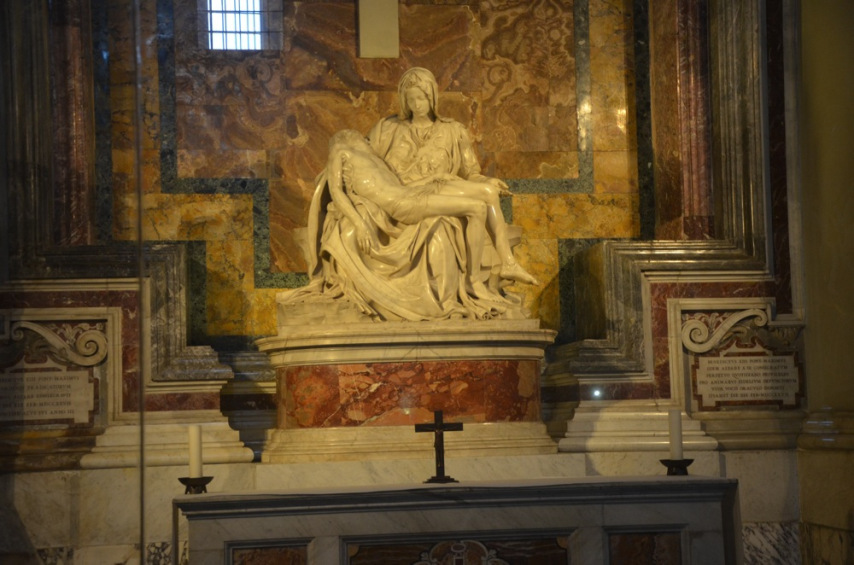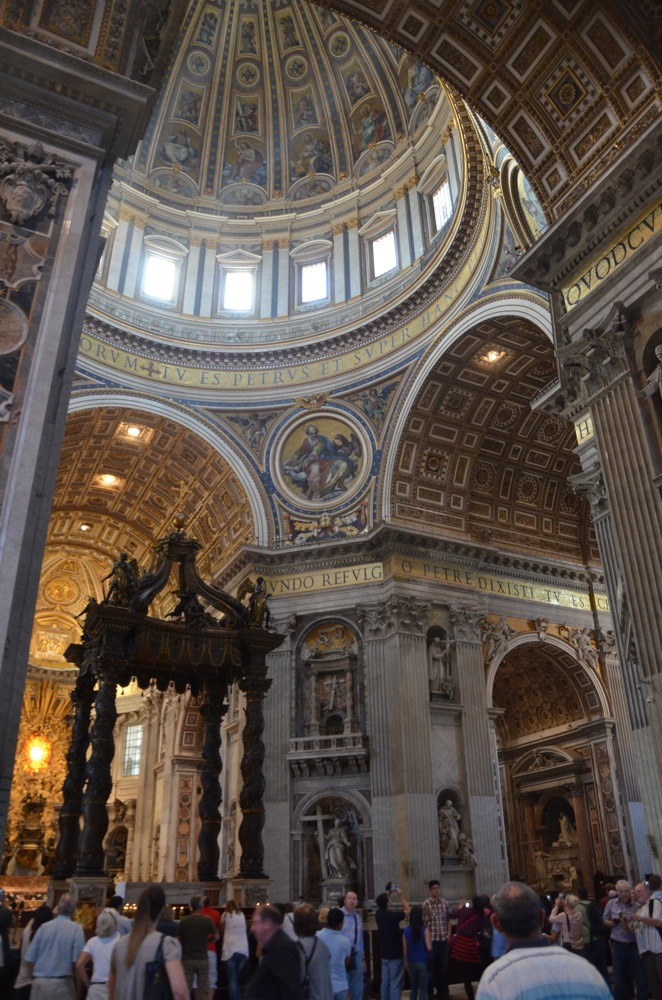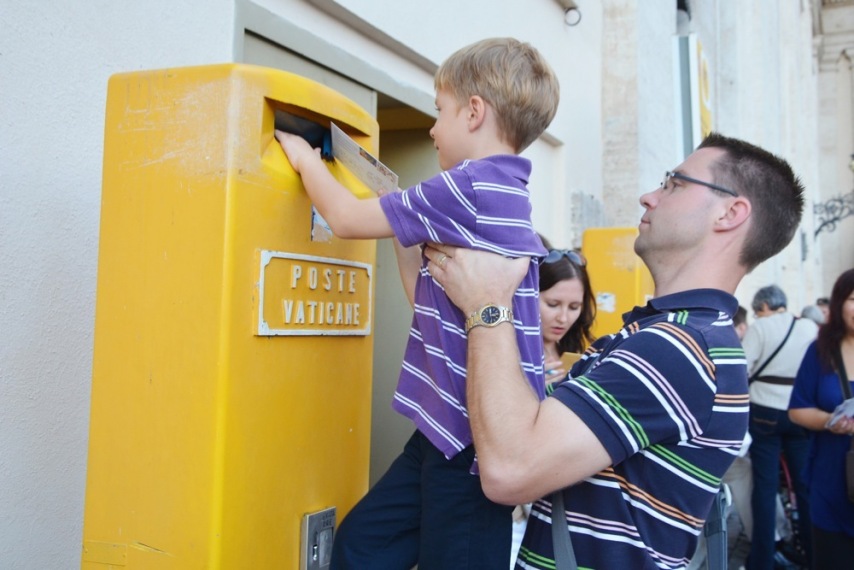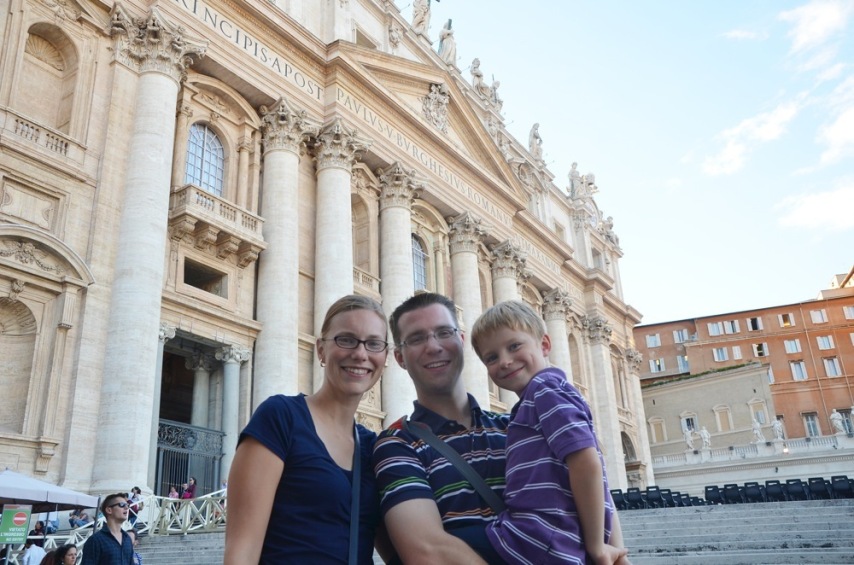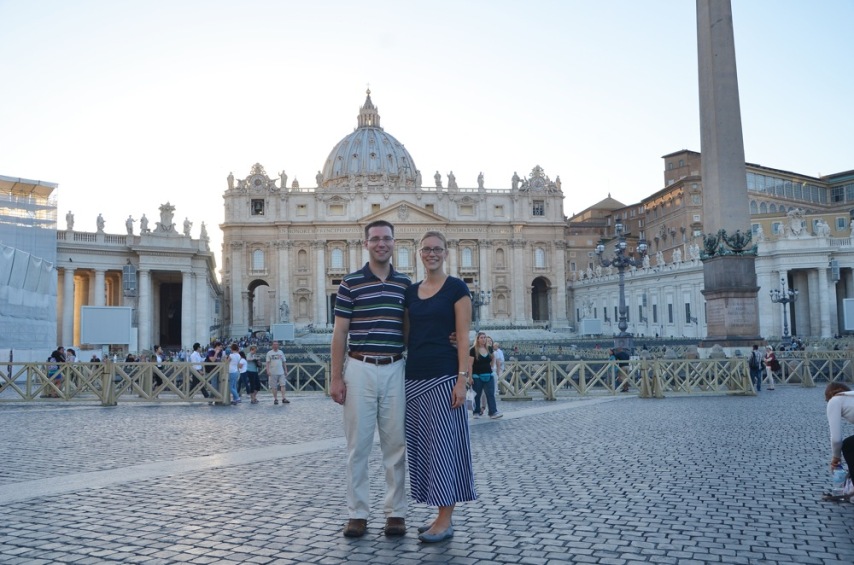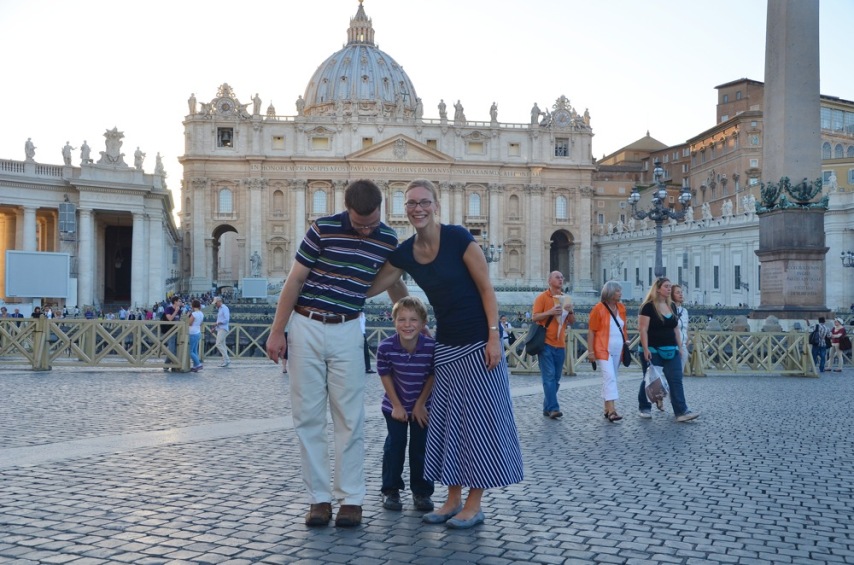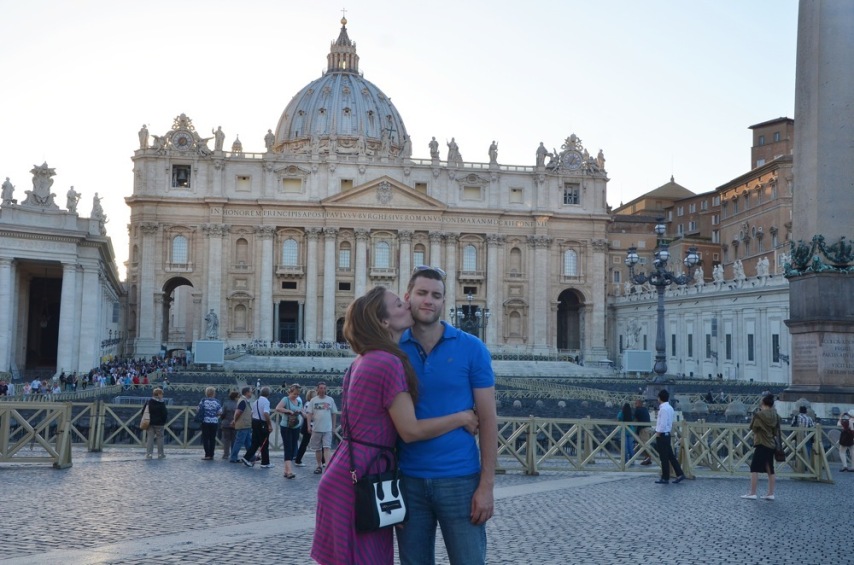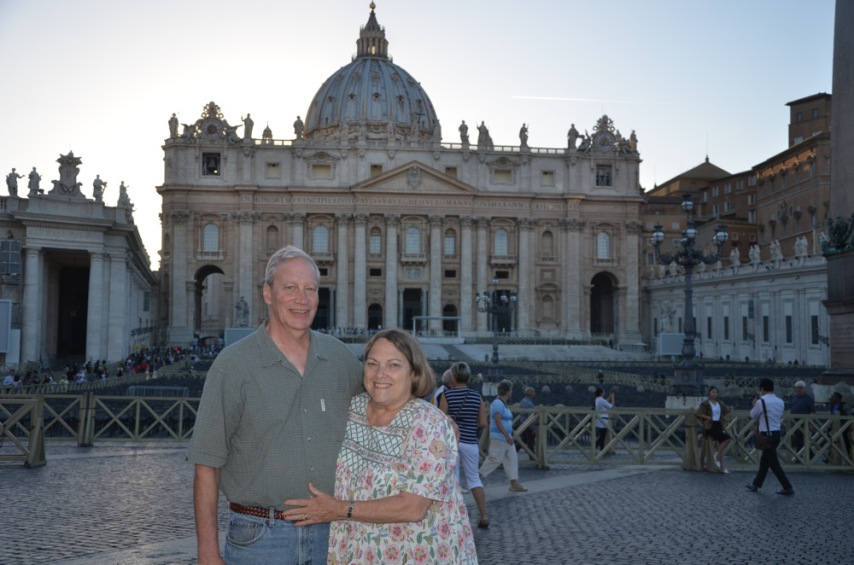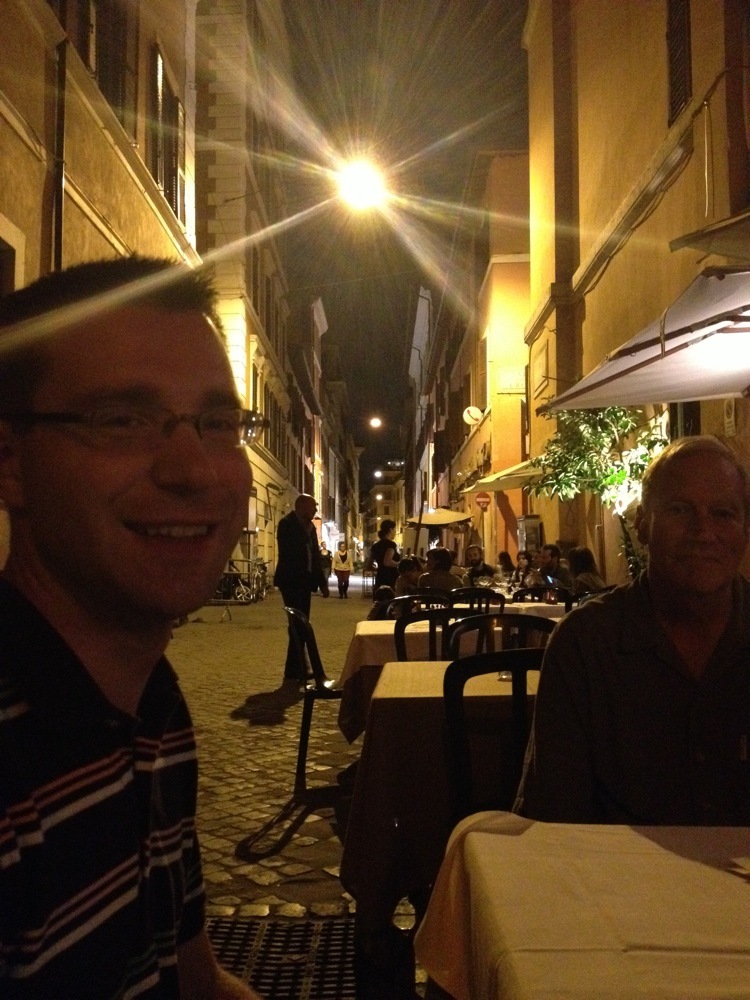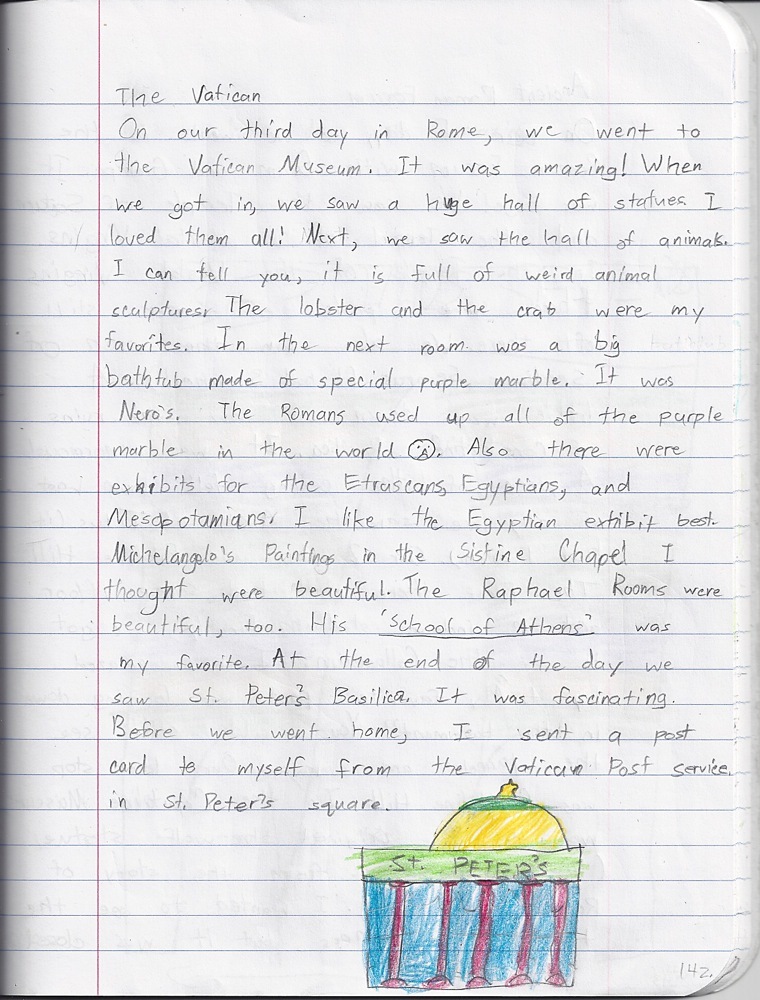Our third and final full day in Florence was, you guessed it, full. It found us up bright and early and waiting in a continuously growing line outside the Accademia.
We had pinned our hopes for the morning on getting to the museum early enough to see Michelangelo's David without having to wait for hours with hundreds of other people. This is where the Firenze card was pure magic. Because, even though we watched the tour groups pile up outside their own entrance, and the individual sight seers crowd around theirs, we were ushered in through our own, special, Firenze Card door right at opening time. Two rooms and a hallway later we found ourselves in David's larger-than-life presence. The hall was large and high ceilinged, and, with only about fifteen of us in there, library quiet. Yep, fifteen of us, give or take. We had plenty of room to walk all the way around the giant guy, and, for some reason, the almost private showing lasted for at least a good fifteen minutes before others started to trickle in. It gave us plenty of time to really take in the work and feel a bit of awe in its presence. We had so much time that we actually left to see other exhibits and were utterly surprised by the crush of people packing the hallway when we came back through it not a half hour later.
Firenze Card for the win.
The rest of the Accademia was less than exciting, although they did have a pair of hurdey gurdies that was to die for. It's possible that the real bagels we found at a little shop around the corner were more to die for, but that might be because it had been weeks since we'd enjoyed real honest-to-goodness bagels.
When we left the Accademia we wandered by Brunelleschi's orphanage and then over to the home and chapel of the Medicis. The Medici home was something I had greatly looked forward to, and while it didn't deliver on the level that I had hoped, it's "open for visitors but not quite a museum" status was somehow just the thing. Disappointing was the vulgar Pinocchio art exhibit that cluttered the hallways, and that much of the original home currently houses government offices of some kind and so was off the tour, but I still got a chance to stand in the courtyard and imagining Michelangelo and cohorts running up the wide, sweeping staircases and through the long hallways. That was what I had wanted, and it was there for the taking. The chapel was less impressive, and partly under construction. That was fine.
We finished the morning with a climb up Giotto's tower (lots of climbing in Florence, lots of climbing), and this has to have been one of the most magical moments for me, because we reached the top just at noon, and the entire city erupted in ringing bells. It was amazing.
We took the afternoon off for shopping, gelato, and beer, then finished the day with a tour of the Palazzo Pitti. From town we followed the Vasari Corridor, over the Ponte Vecchio and through the narrow streets, up the hill to the palace, all the while imaging the Medici rulers using the covered walkway to get to their offices (Uffizi) on time and in one piece (that, or Dan Brown's Inferno, one of the two). The Pitti Palace was a confusing place, in terms of camera rules, so there are few pictures from inside the museum, but a handful more from our romp through the Boboli gardens there.
And that was it. That was Florence. The next day was again one of driving through foothills and on up into the Apenine Mountains for the last bit of magic on our trip. And magic it was, too.

Brunelleschi's Orphanage, the Ospedale degli Innocenti







Look for Lorenzo, the plaque said, he's the one in the red hat.


The Medici tombs in the Medici Chapel


The Duomo, buried in the center the city you run into it all the time

Giotto's Tower (photo from day 2, but since we climbed it on day 3, I think it goes here)






The Tower is the best place to photograph the Duomo, the Duomo the best place to photograph the Tower.


Cool bat with a mustache thingy...I have whole folders full of great doorway and window decorations

Tiny beers for you!

Palazzo Pitti


The ornate ceilings and walls were *painted on* (mind blown)


Boboli Gardens



The best views of the city are from the Boboli Gardens—note Giotto's Tower, Brunellschi's Dome on the the Duomo, the smaller almost identical dome of the Medici Chapel, and the fortress-like top of the Palazzo Vecchio

The Grotto and the Vasari Corridor





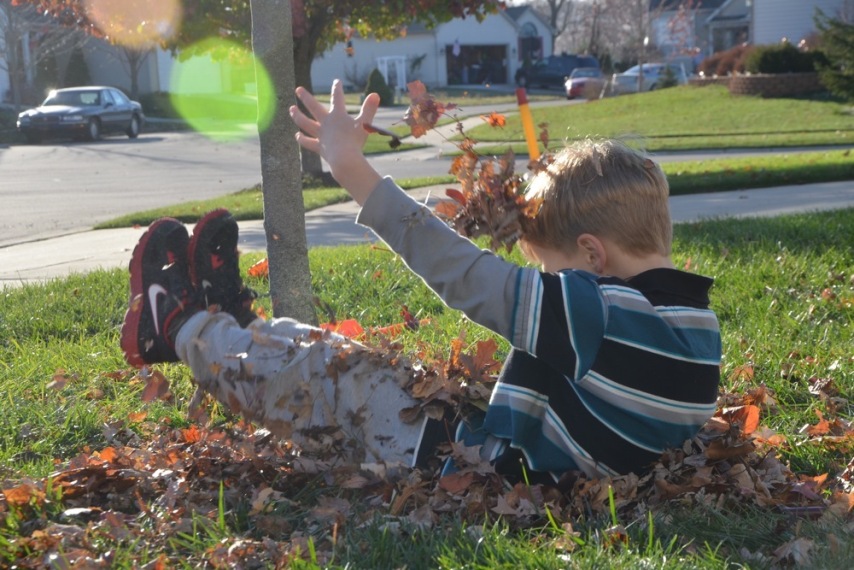

 Saturday, October 27, 2018
Saturday, October 27, 2018